Looking for the best museums in Castile-La Mancha? These are the best ones:

Museum of Santa Cruz
ToledoThe Museum of Santa Cruz is a significant cultural institution located in the historic centre of Toledo, Spain. It is an art, archaeology, and ethnographic museum that showcases collections related to the province of Toledo. The museum is a great place for tourists who are interested in art, history, and culture.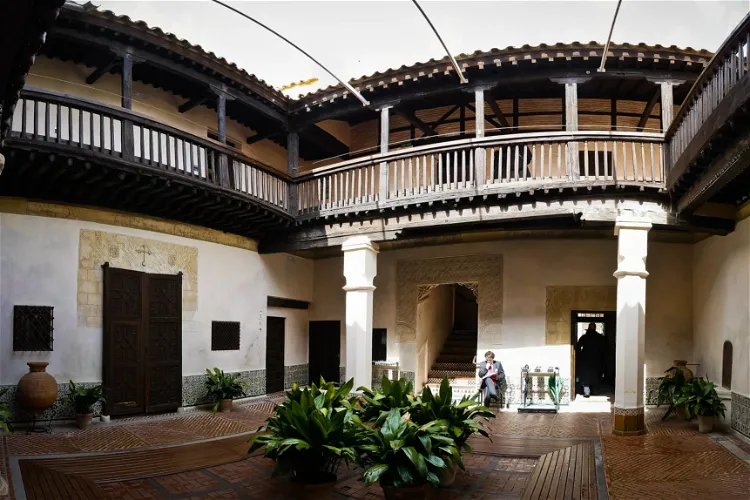
El Greco Museum
ToledoThe El Greco Museum, situated in the city of Toledo, Spain, is a tribute to the life and work of the renowned painter El Greco. Born in Crete, El Greco spent a significant part of his life in Toledo, where he created most of his masterpieces. The museum offers a unique opportunity to delve into the artist's life and explore his prolific work.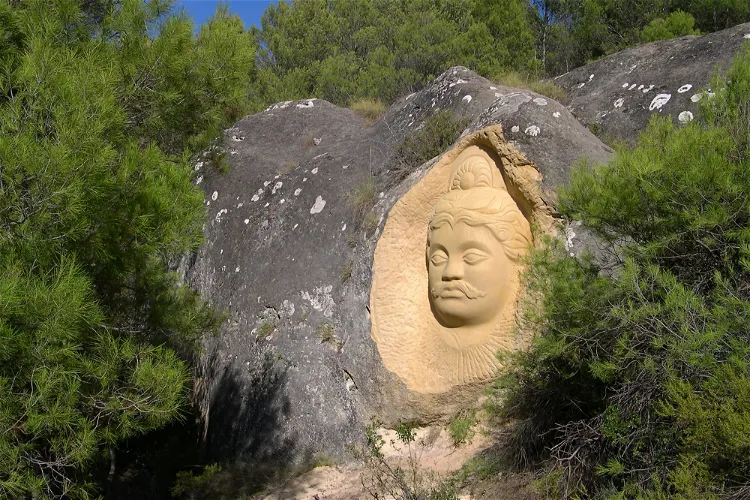
Route of the Faces
Buendía- 4
Zoo Koki
Val de Santo Domingo 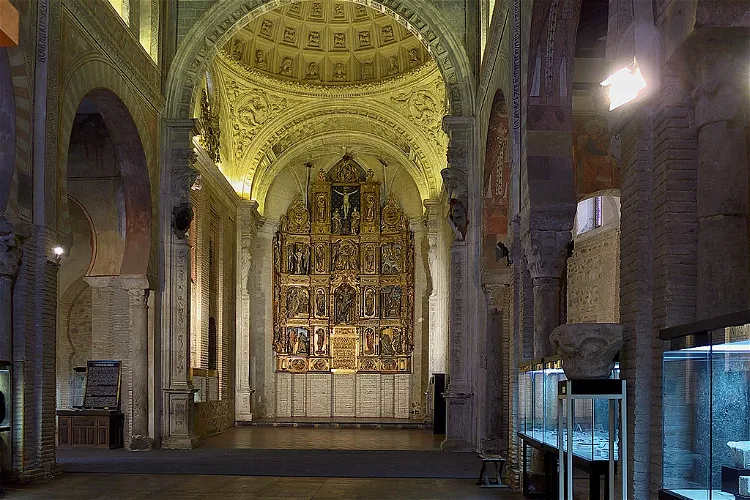
Church of San Román
ToledoThe Iglesia de San Román is a significant historical site in Toledo, Spain. Constructed in the 13th century, the church is a prime example of the Mudéjar architectural style, a unique blend of Christian and Islamic influences that is characteristic of the period. The church's design and construction reflect the cultural and religious diversity of Toledo during the Middle Ages.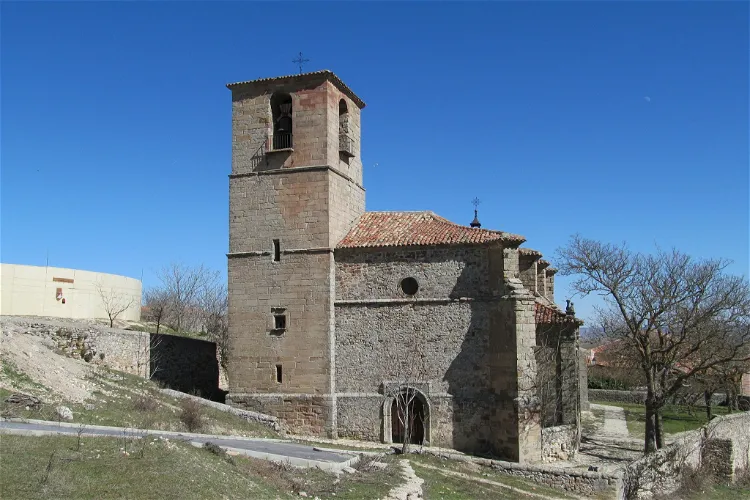
Church of the Holy Trinity
AtienzaThe Church of the Holy Trinity, located in Atienza, is a Romanesque style Catholic church that dates back to the late 12th century. This historical monument offers a glimpse into the architectural style and religious practices of the period. Its unique design and historical significance make it a point of interest for tourists visiting Atienza.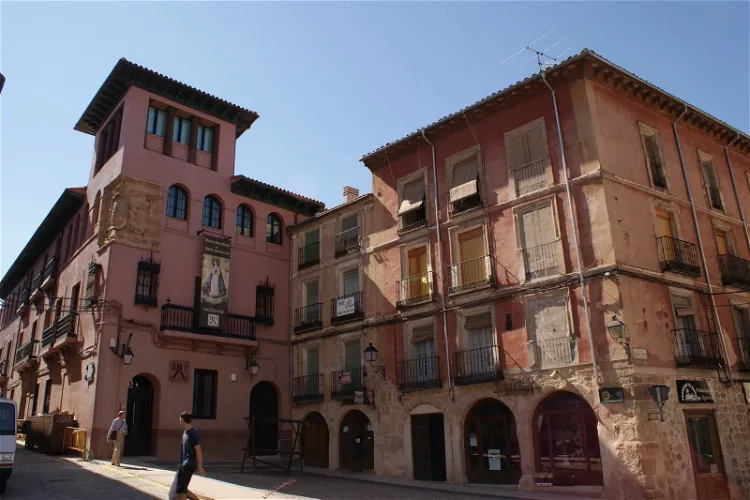
Diocesan Museum
SigüenzaThe Diocesan Museum of Ancient Art in Sigüenza is housed in a 16th-century neoclassical mansion known as the 'Antigua Casa de los Barrena'. This historic building is conveniently located in the heart of the city of Sigüenza, directly opposite the cathedral. This central location makes it easily accessible for tourists visiting the city.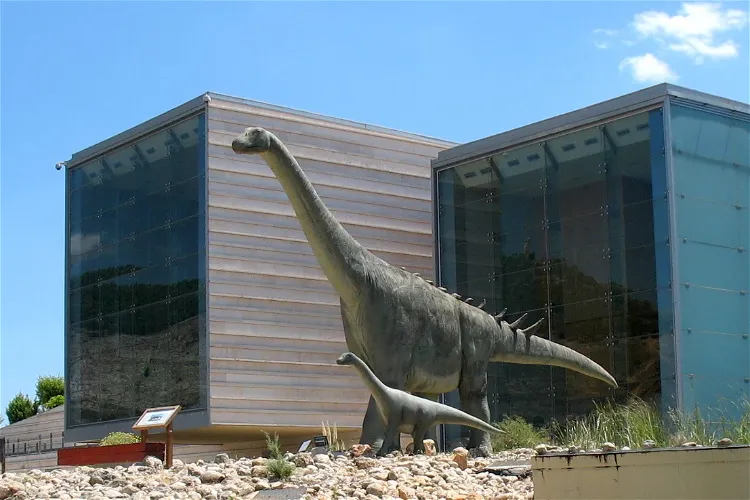
Museum of Paleontología de Castilla-La Mancha
CuencaThe Museum of Paleontology of Castilla-La Mancha (MUPA) is a dedicated space for the study and display of the paleontological history of the Castilla-La Mancha region. It is located in the city of Cuenca, Spain, making it a significant point of interest for those interested in the history of life on Earth.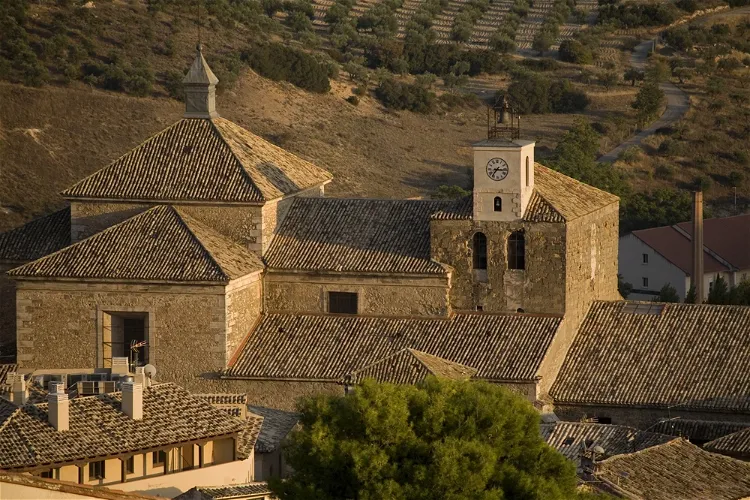
Collegiate Church
PastranaThe Collegiate Church of the Assumption is not just a place of worship, but also a museum housing a significant collection of tapestries and a wide variety of art pieces. These include paintings, altars, goldsmithing elements, and reliquaries. This diverse collection provides a comprehensive overview of the artistic and cultural richness of the region.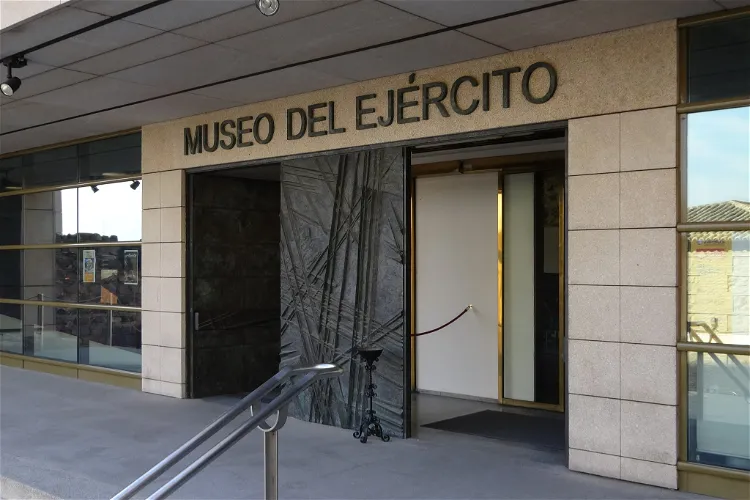
Army Museum
ToledoThe Museum of the Army is a national institution situated in Toledo, Spain. It is officially attached to the Ministry of Defence. This museum is a significant part of the country's cultural heritage and offers a comprehensive insight into the history of the Spanish military.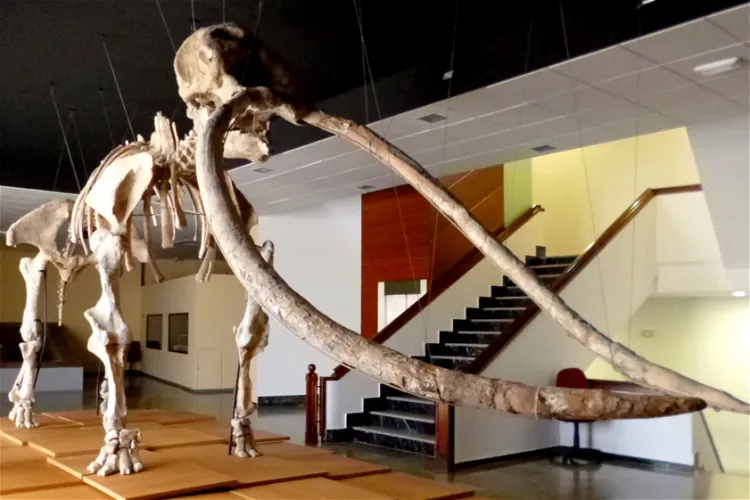
Provincial Museum of Ciudad Real
Ciudad RealThe Provincial Museum of Ciudad Real is divided into three sections: Paleontology, Archaeology, and Fine Arts. These sections are housed in two separate buildings, each offering a unique perspective on different aspects of history and culture. The Paleontology section features fossil remains from various provincial sites, allowing visitors to journey through geological periods from the Cambrian to the Quaternary. The Archaeology section continually expands due to materials from ongoing excavations throughout the province. The Fine Arts section showcases works of painting, sculpture, goldsmithing, and ceramics from the 16th to the 18th century.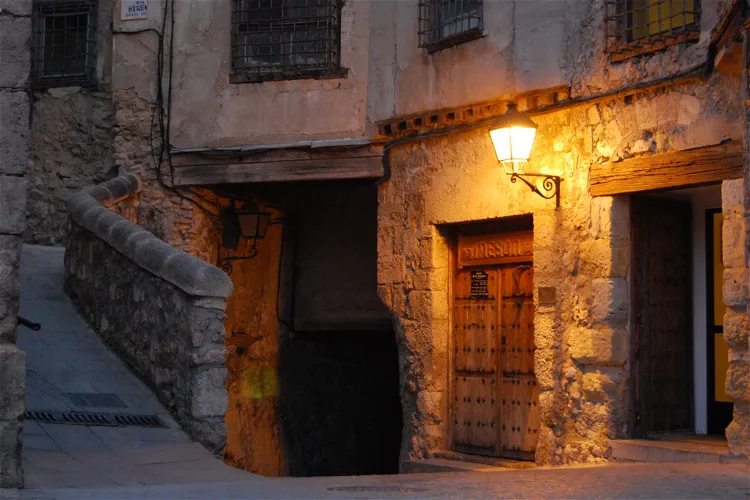
Spanish Abstract Art Museum
CuencaThe Museum of Spanish Abstract Art, located in Cuenca, Spain, was established in 1966. It houses a collection of approximately 129 paintings, predominantly by Spanish artists from the 1950s and 1960s.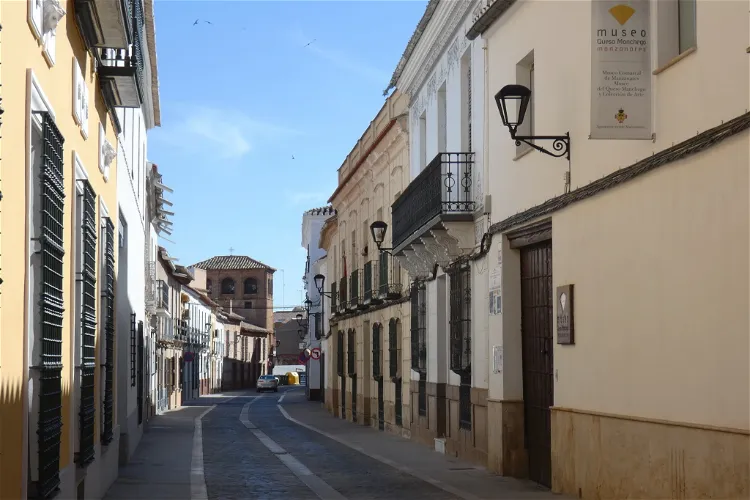
MQM Museo del Queso Manchego Toledo
Toledo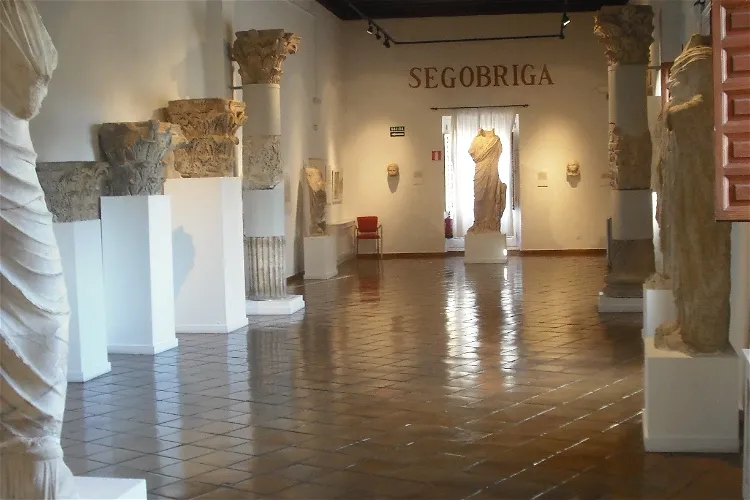
Museo de Cuenca
CuencaThe Museo de Cuenca, located in the historic Casa del Curato in the old town of Cuenca, Spain, offers visitors a unique opportunity to explore the rich history and culture of the region. The museum's location in the heart of the old town makes it easily accessible and adds to the overall cultural experience.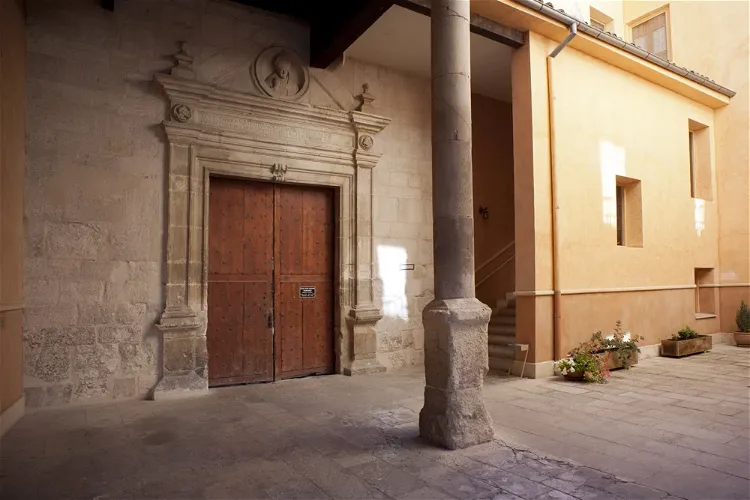
Episcopal Palace of Cuenca
CuencaThe Episcopal Palace is a significant historical building located in the Spanish city of Cuenca. It is home to the Diocesan Museum, which showcases a variety of religious artifacts and artworks. The palace itself is a testament to the city's rich history and architectural prowess, making it a worthwhile visit for those interested in history, architecture, and art.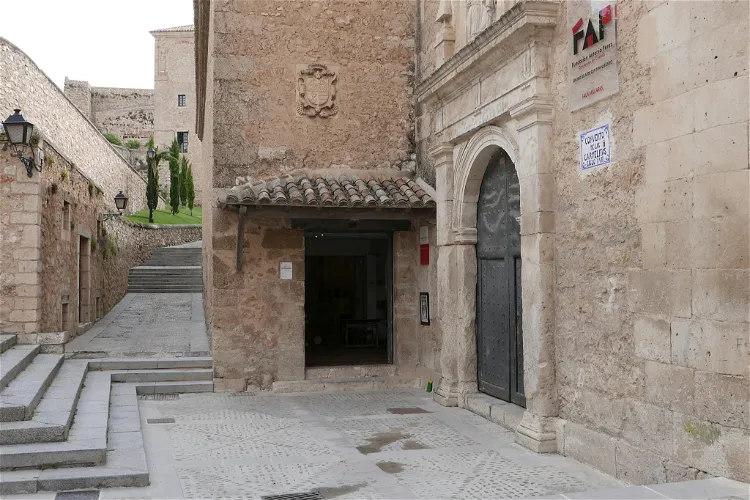
Antonio Pérez Foundation
Cuenca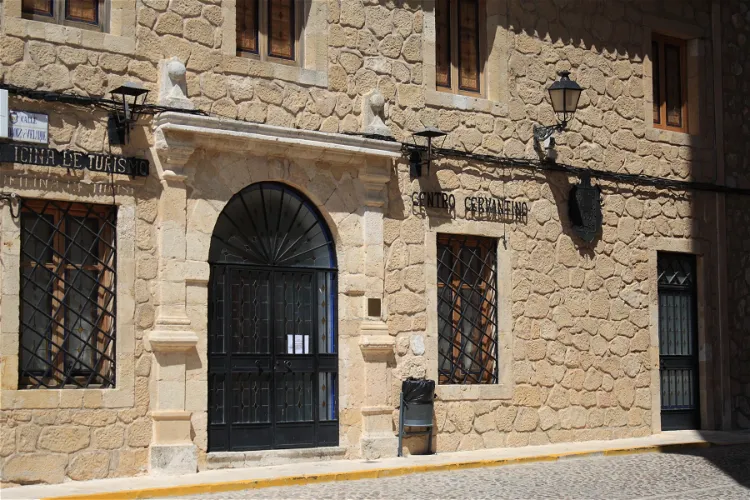
Cervantine Museum
El Toboso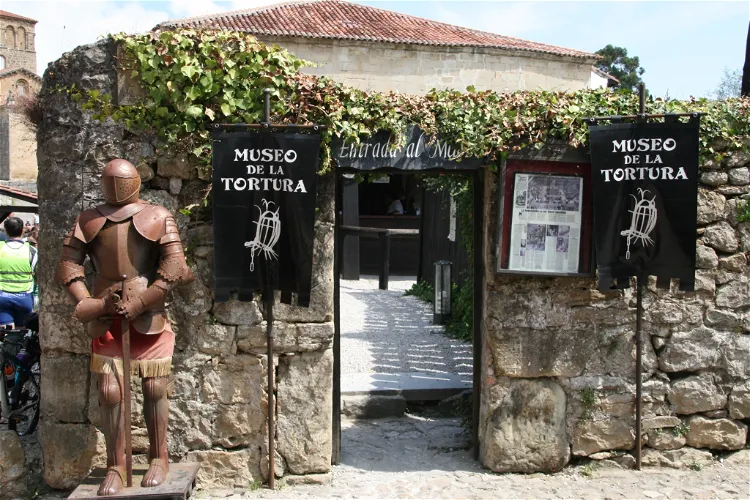
Museum of Torture
ToledoEl Museo de la Tortura, located in Santillana del Mar, Cantabria, is a private museum that showcases over fifty original torture and capital punishment instruments. These artifacts, which date from the 15th to the 19th centuries, provide a unique glimpse into Europe's historical methods of punishment.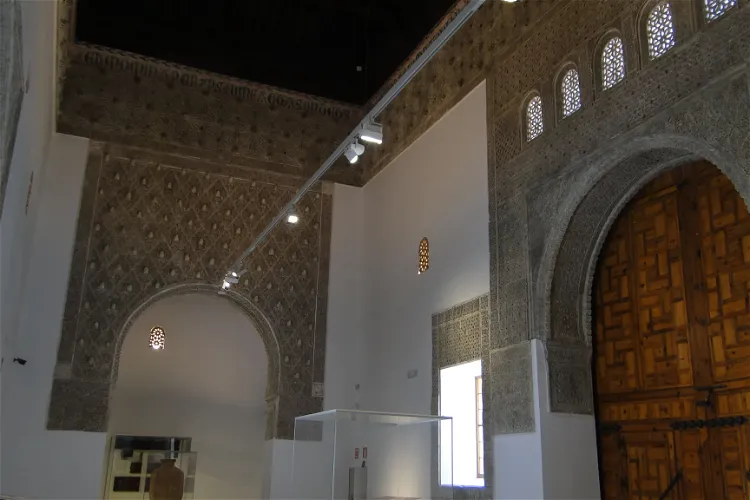
Taller del Moro Museum
ToledoEl Taller del Moro, located in the historic heart of Toledo, is a museum housed in a medieval building. This Mudejar-style structure is a testament to the city's rich history and cultural heritage. Visitors can explore the museum to gain insights into the city's past and appreciate the architectural beauty of the building.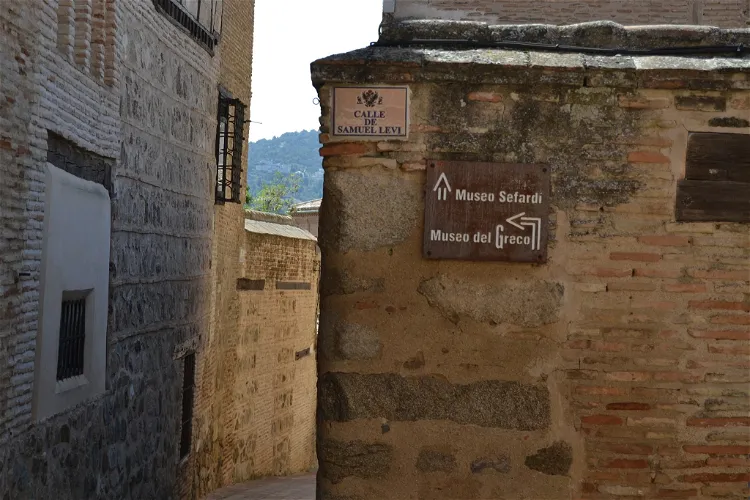
Sephardic Museum
ToledoThe Sephardic Museum, located in Toledo, Spain, is a national institution that showcases the rich Jewish cultural heritage of Spain. It also provides insights into the history and culture of the Sephardim, who are the descendants of the Jews who resided on the Iberian Peninsula until 1492. The museum is a testament to the enduring legacy of Jewish culture in Spain and offers a unique opportunity to explore this fascinating aspect of Spanish history.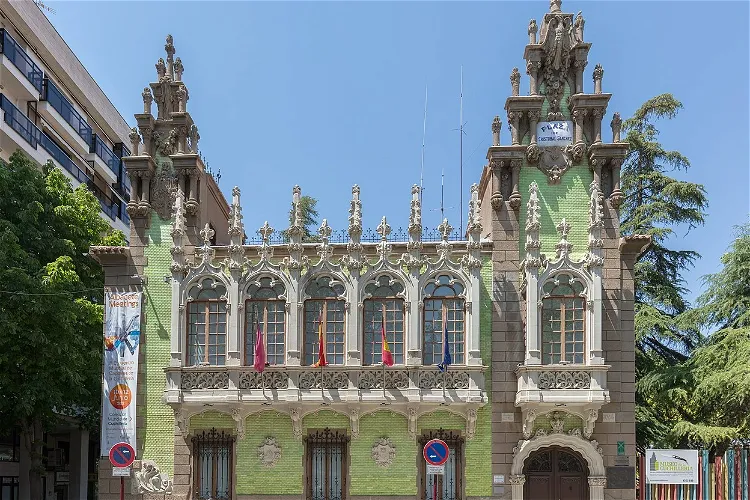
Municipal Museum of Cutlery
AlbaceteThe Municipal Museum of Cutlery in Albacete, also known as MCA, is a historical museum dedicated to the art of cutlery. It is located in the Spanish city of Albacete and is housed in the Hortelano house. This mansion, which dates back to the early 20th century, is situated in the central Cathedral square and was designed by the architect Daniel Rubio.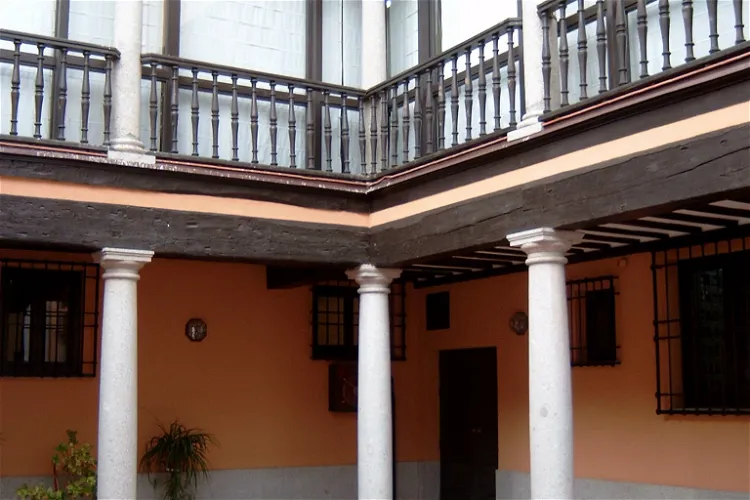
Toledo Municipal Archive
ToledoThe Toledo Provincial Historical Archive has a rich history that dates back to November 12, 1931, when it was created by decree. It opened its doors to the public in 1933, initially as part of the Santa Cruz Museum. In 1966, the archive was moved to the new House of Culture. It found its permanent home in 1992 in the former Dominican Convent of Jesus and Mary, which is located in the historic center of Toledo city. This location adds to the historical significance of the archive.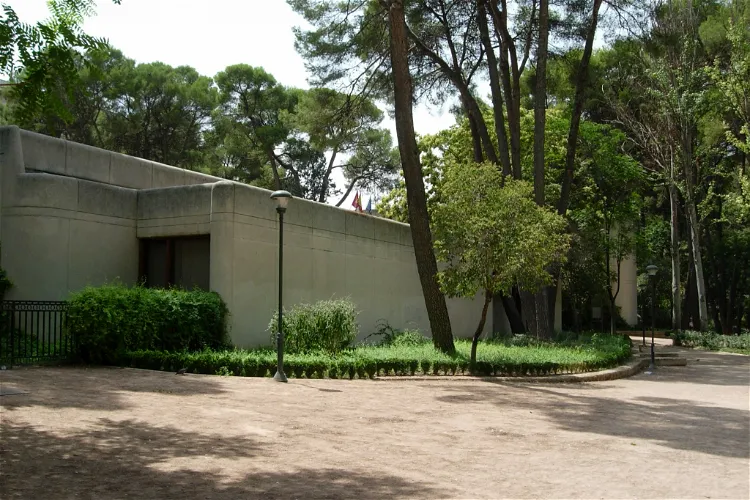
Albacete Provincial Museum
AlbaceteThe Albacete Provincial Museum, located in Albacete, Spain, is a renowned institution dedicated to the preservation and exhibition of archeology and fine art. The museum offers a unique opportunity to explore the rich cultural heritage of the region through its diverse collections.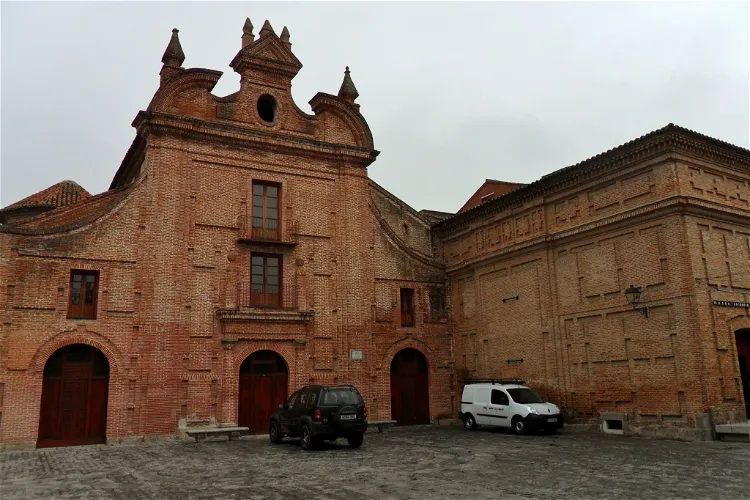
Ruiz de Luna Ceramic Museum
Talavera de la ReinaThe Ruiz de Luna Ceramic Museum is situated in the city of Talavera de la Reina, in the province of Toledo, Spain. This museum is a significant cultural landmark in the region, offering visitors a unique insight into the rich history and tradition of ceramics in the area.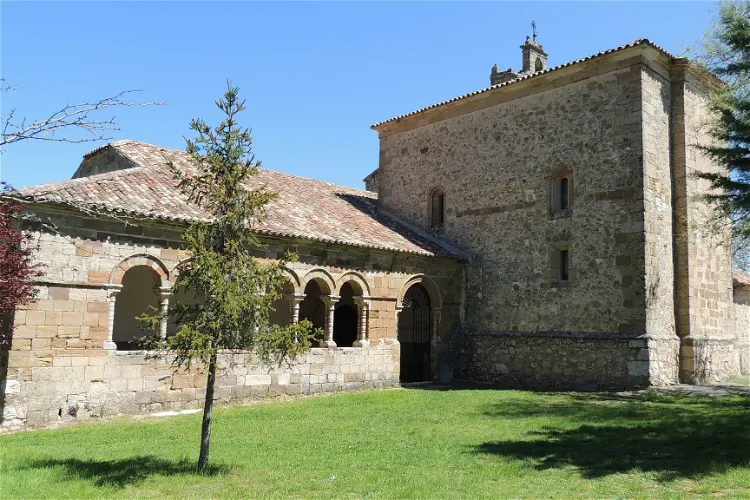
San Bartolomé Museum
AtienzaSan Bartolomé Church, a Romanesque style Catholic temple, is situated in the Spanish town of Atienza. This architectural gem is a testament to the rich history and cultural heritage of the region. Its unique design and historical significance make it a point of interest for tourists visiting Atienza.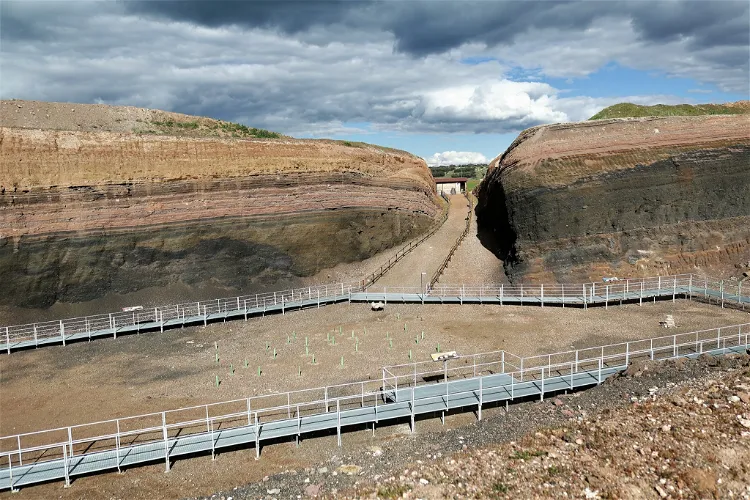
Cerro Gordo Volcano
Granátula de CalatravaCerro Gordo holds a special place in the history of the Iberian Peninsula. After its inauguration on April 15, 2016, it became the first volcano that could be visited in the region. This has made it a unique destination for those interested in geology and natural history.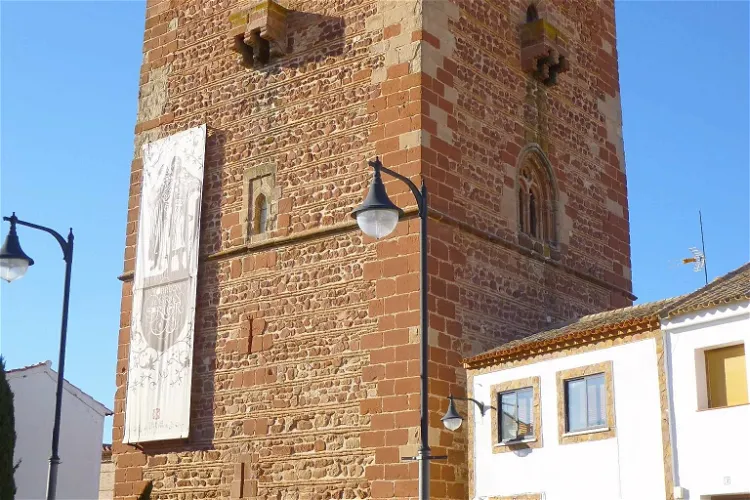
Tower of the Grand Prior
Alcázar de San JuanEl Torreón del Gran Prior, a fortified tower, is situated in the Spanish town of Alcázar de San Juan, in the province of Ciudad Real. This historical structure offers a glimpse into the past and is a significant landmark in the region.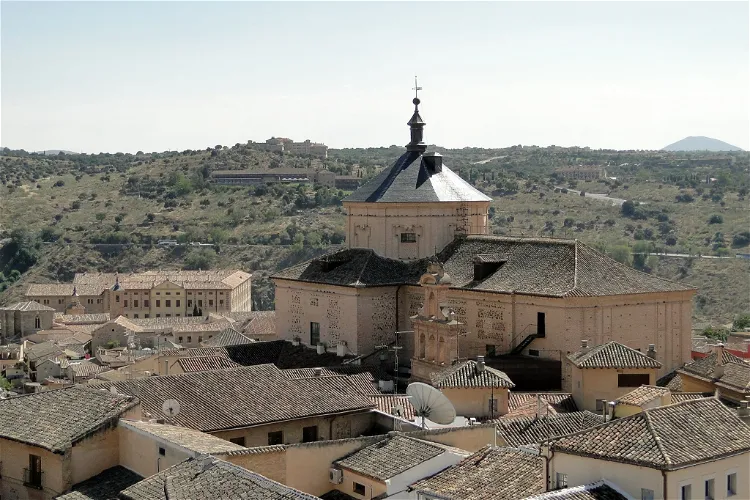
San Marcos Arts Centre
ToledoThe Church of San Marcos in Toledo, Spain, has a rich history dating back to the 17th century. It was originally part of the Convent of the Holy Trinity and was built from scratch during this period. This historical context adds a layer of depth to the visitor's experience, providing a glimpse into the religious and architectural practices of the time.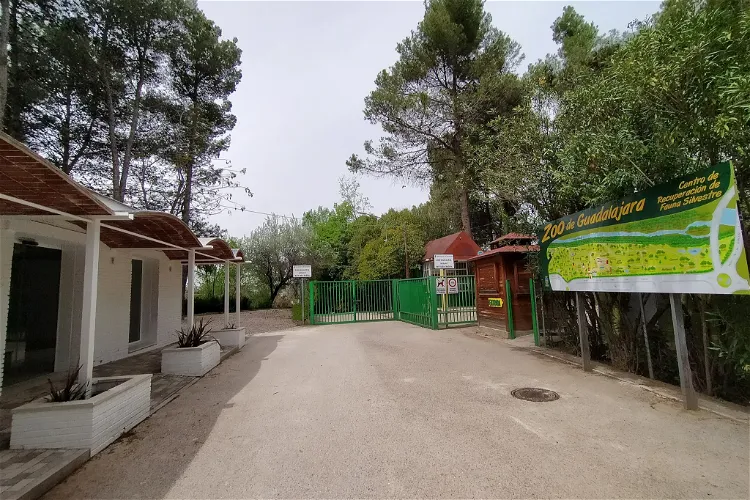
Guadalajara Zoo Spain
Guadalajara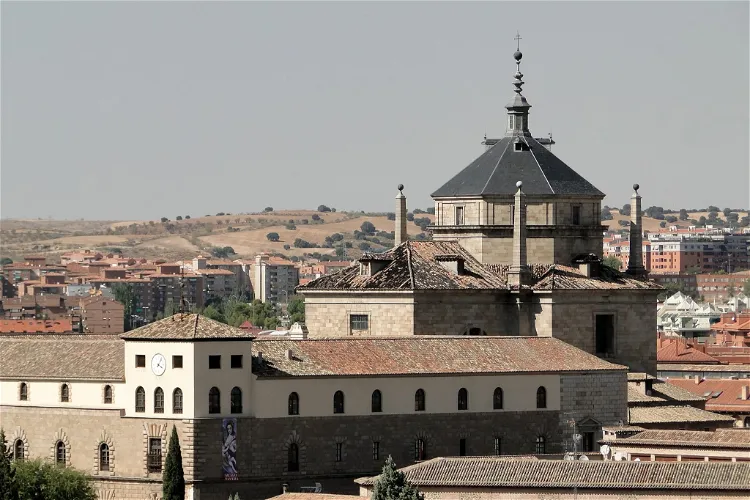
Hospital Museum of Tavira
ToledoThe Hospital de Tavera, also known as the Hospital de San Juan Bautista, Hospital de afuera, or simply as Hospital Tavera, is a significant example of Renaissance architecture situated in the Spanish city of Toledo. This historical building, built between 1541 and 1603, is dedicated to John the Baptist and also served as a pantheon for its patron, Cardinal Tavera. The building's design and construction were overseen by several architects, with Bartolomé Bustamante completing the work.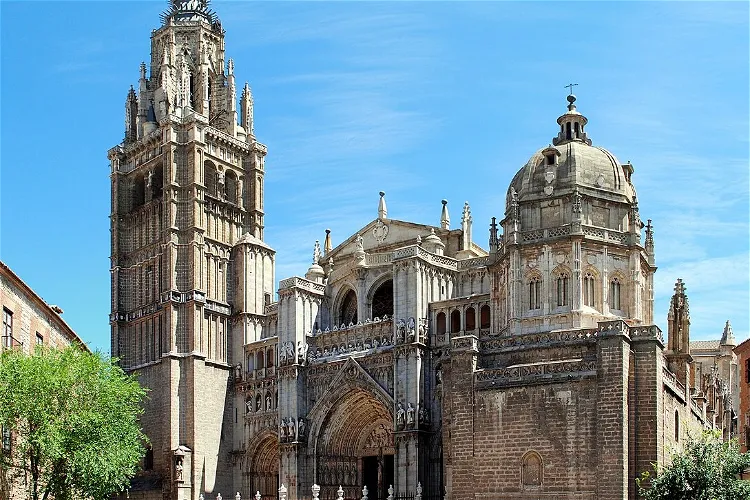
Toledo Cathedral
ToledoThe Toledo Cathedral is a significant historical and architectural landmark in Toledo, Spain. It is one of the three 13th-century Spanish Gothic cathedrals and serves as the seat of the Archdiocese of Toledo. This cathedral is a prime example of the Gothic style in Spain and offers a unique insight into the country's architectural history.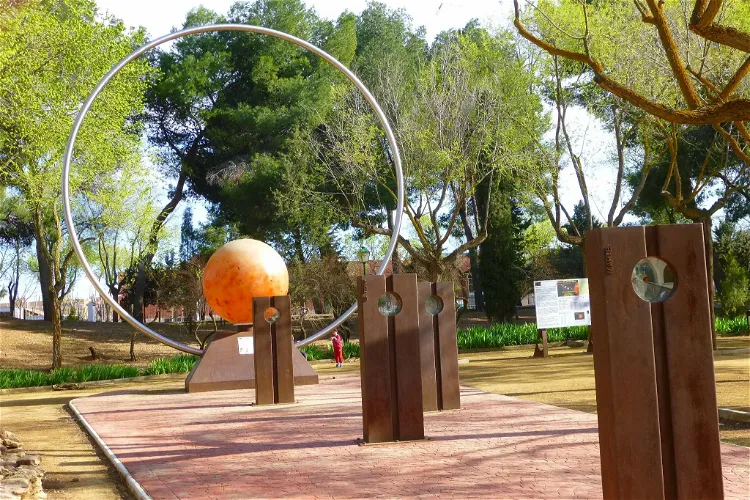
Parque del Poligono
Manzanares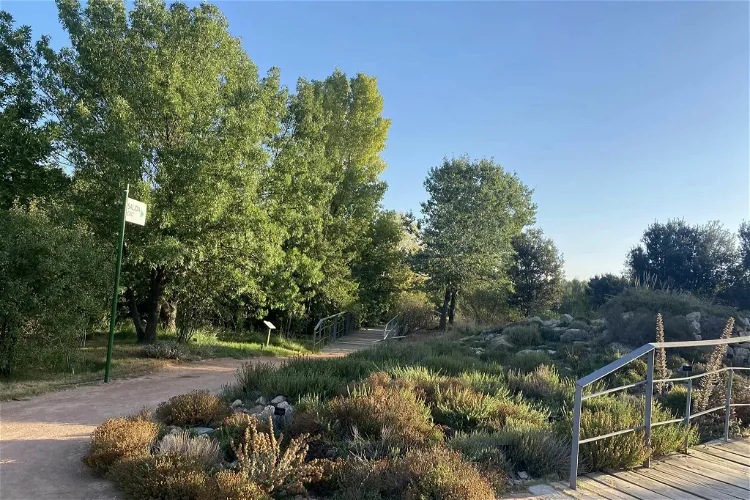
Botanic Garden of Castilla-La Mancha
AlbaceteThe Botanical Garden of Castilla-La Mancha (JBCLM) is a significant green space in the city of Albacete, Spain. Spanning 7 hectares, it offers a vast area for exploration and discovery. The garden is home to a diverse range of plant species, making it a fascinating destination for nature enthusiasts and casual visitors alike.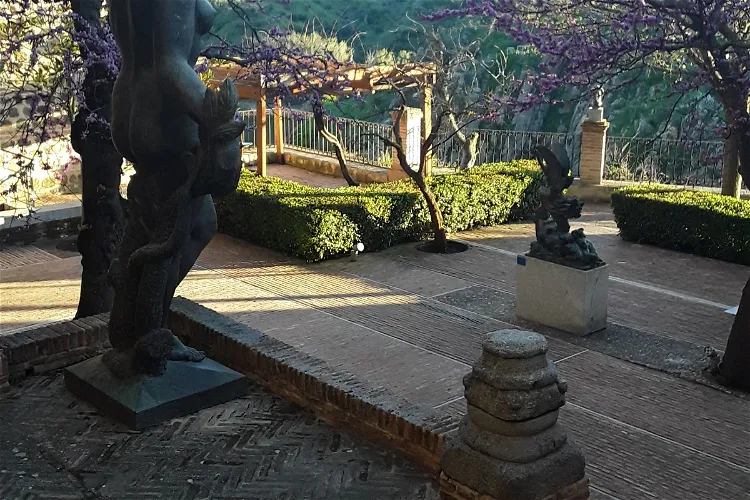
Victorio Macho Museum
ToledoThe Victorio Macho Museum is situated in a unique location in Toledo, Spain. The artist Victorio Macho chose the steep enclave of the “Roca Tarpeya” on the Tajo River as the site for his house and workshop in 1953. This location offers visitors a unique insight into the artist's life and work environment.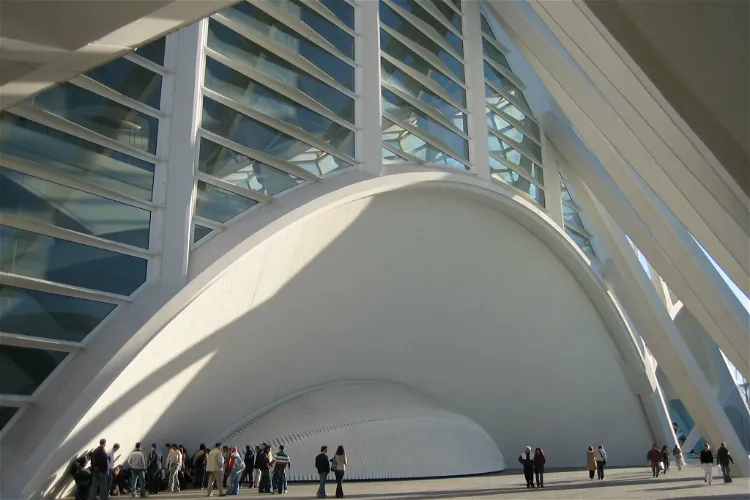
Museum of Spanish Magic
ToledoYou can see many interesting artifacts connected to Spanish legends and myths in this unique museum. Discover the folk beliefs!- Online discount!36
Iluziona
Toledo 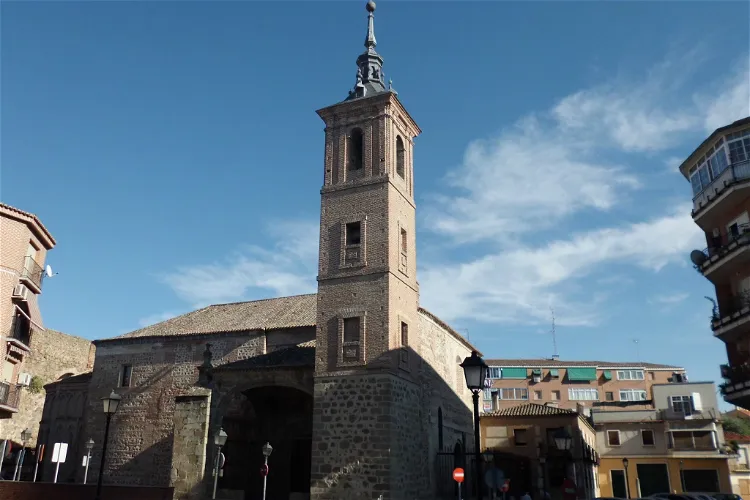
Centro Cultural El Salvador
Talavera de la ReinaThe Church of El Salvador de los Caballeros, also known as El Salvador, is a significant historical site located in the old Corredera del Cristo, on the outskirts of the city of Talavera de la Reina in Toledo, Castilla-La Mancha, Spain. This location offers visitors a glimpse into the rich history and architectural beauty of the region.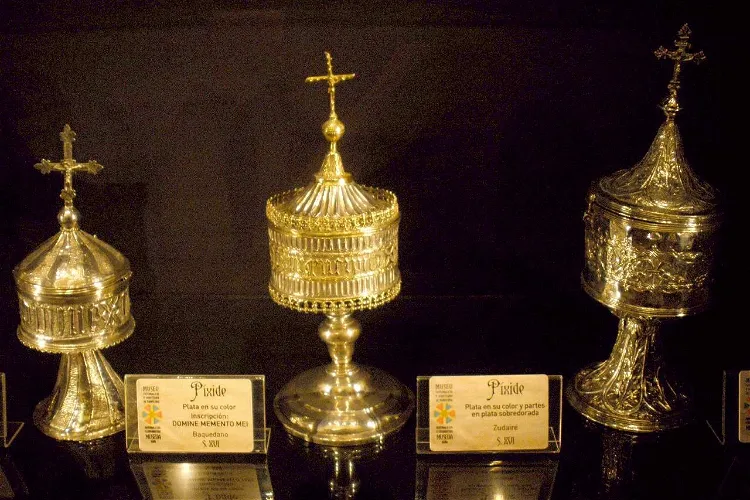
Cathedral Treasure Museum of Cuenca
Cuenca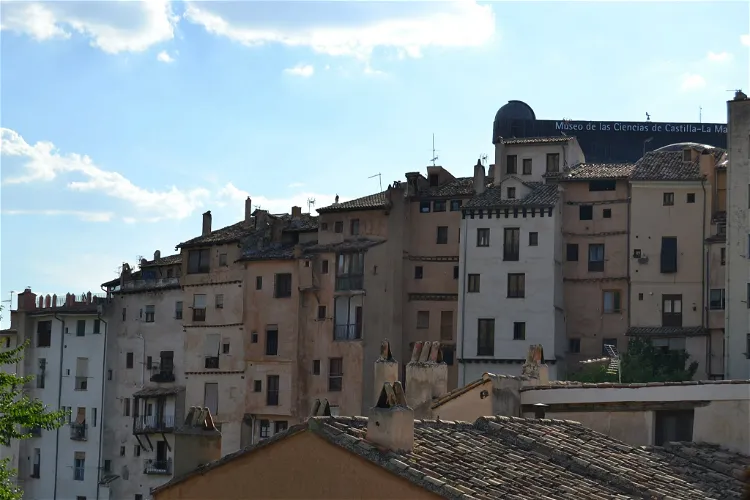
Science Museum of Castilla La Mancha
CuencaThe museum's most significant collection is the fossils from the Las Hoyas paleontological site. This collection comprises 14,000 pieces and 24 holotypes, making it a rich source of information for those interested in paleontology.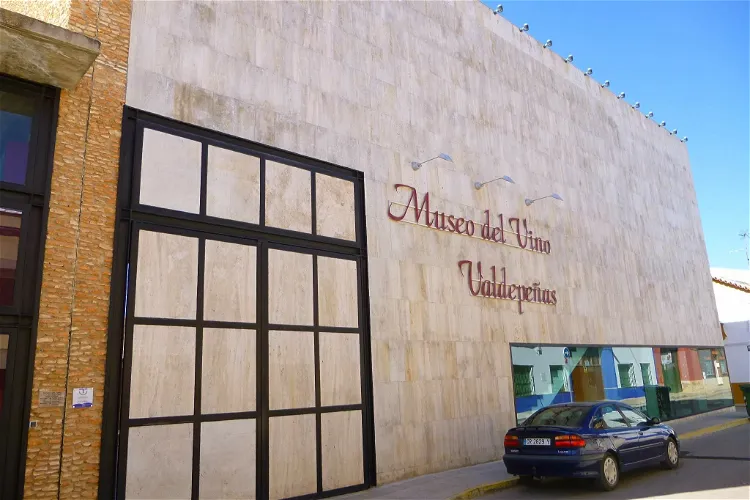
Wine Museum
Valdepeñas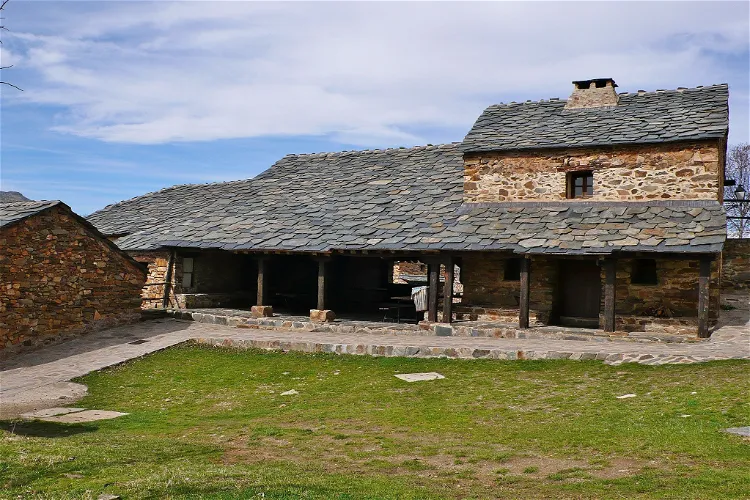
Museo Etnográfico de Valverde de los Arroyos
Valverde de los Arroyos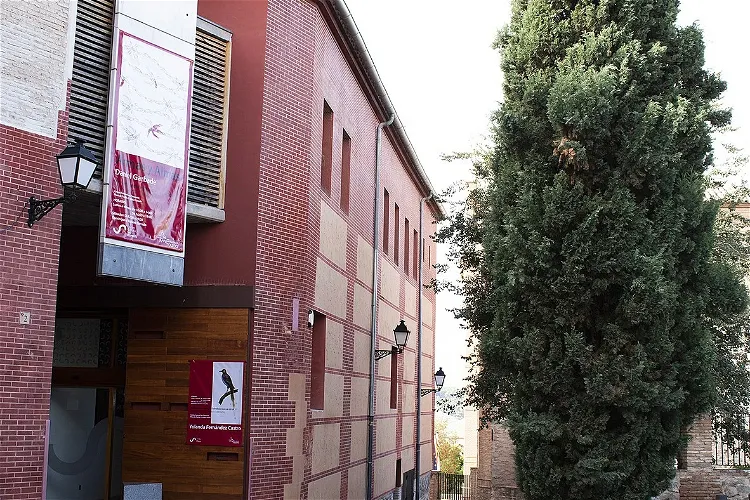
San Clemente Cultural Centre
ToledoThe San Clemente Cultural Centre is part of the historic Imperial Monastery of San Clemente, which dates back to the 12th century. The architecture of the centre is a sight to behold, with two courtyards and two superimposed floors featuring semicircular arches and lintels. The supports are beautifully carved stone columns, adding to the aesthetic appeal of the place.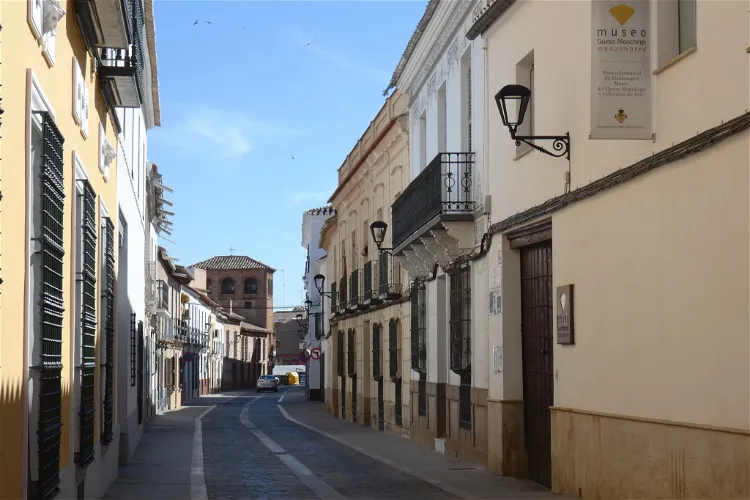
Manchego Cheese Museum and Art Collection
Manzanares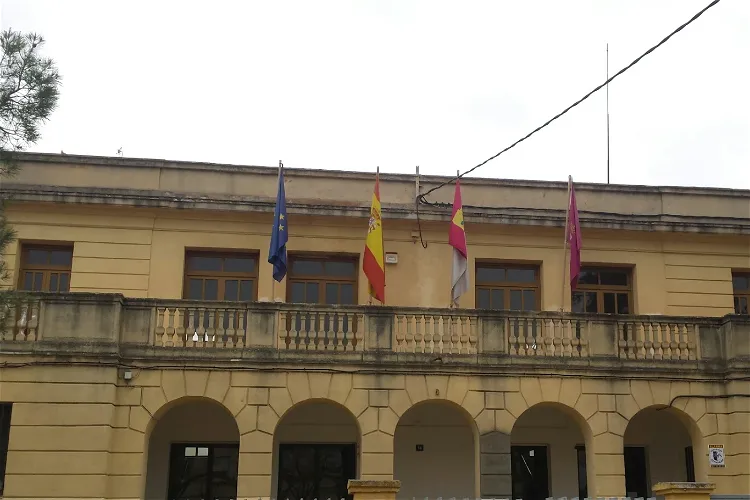
Pedagogic and Children of Castilla-La Mancha Museum
AlbaceteThe Children's Museum of Castilla-La Mancha is a unique institution located in the Spanish city of Albacete. It is dedicated to showcasing the history of childhood and education. Visitors can explore a variety of exhibits that delve into the past, providing a fascinating insight into the evolution of education and the experiences of children throughout history.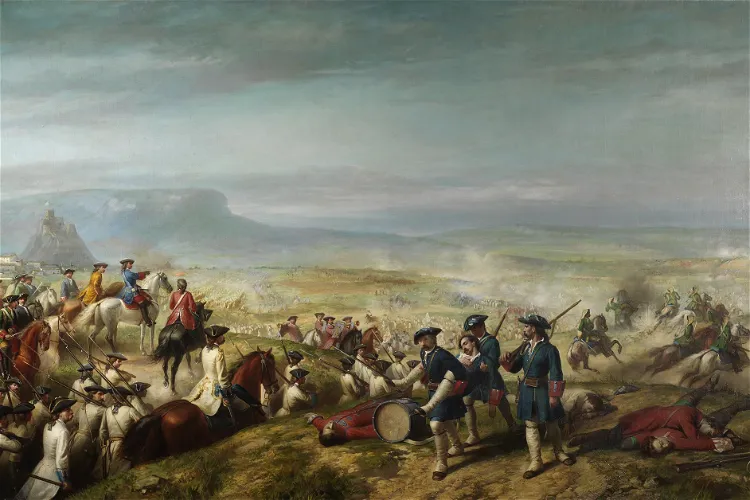
Almansa Battle Museum
Almansa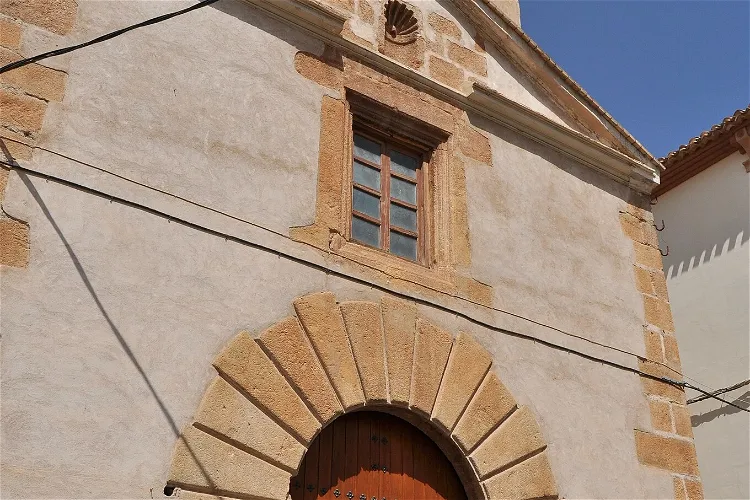
Museo del Tambor
Tobarra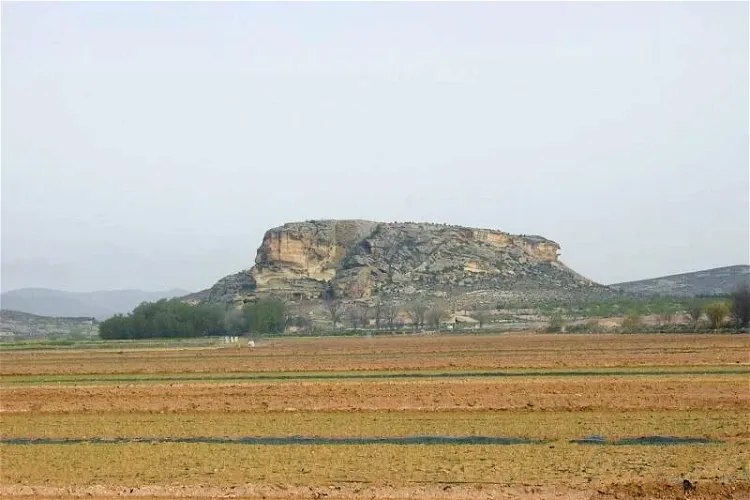
Tolmo de Minateda
HellínThe Tolmo de Minateda is an archaeological site situated in Hellín, Albacete, Spain. It has been under excavation since 1988 by a joint team from the University of Alicante and the Albacete Provincial Museum. This site offers a unique opportunity for tourists to explore the rich history and archaeological findings of the region.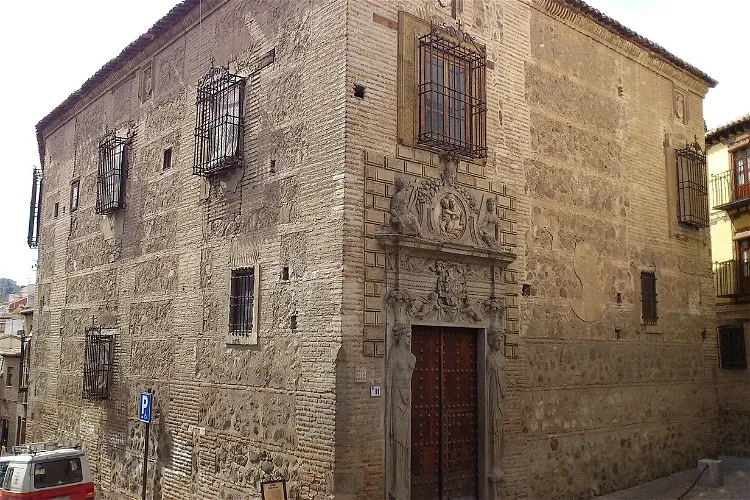
Museo de Tapices y Textiles de la Catedral
Toledo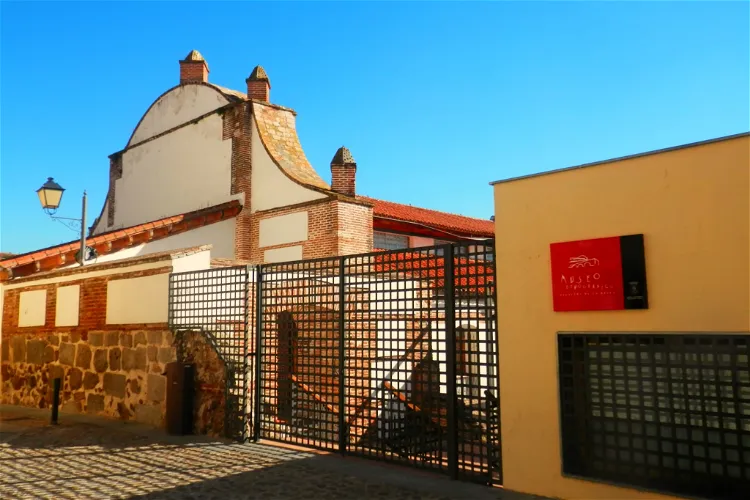
Talavera de la Reina Ethnographic Museum
Talavera de la Reina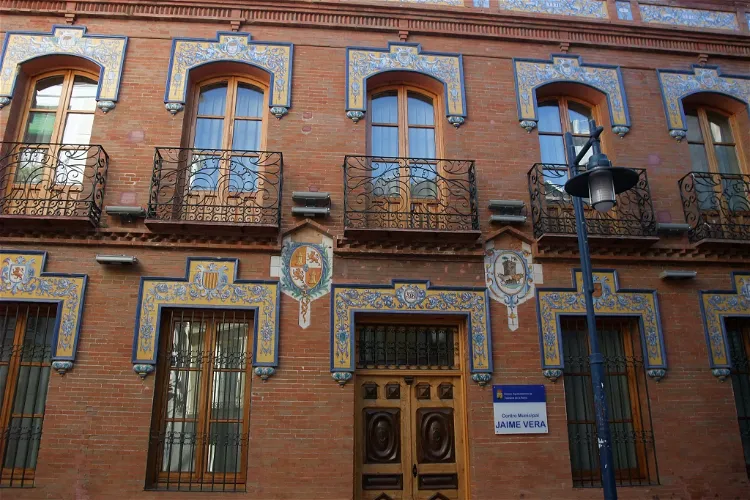
Centro Municipal Jaime Vera
Talavera de la Reina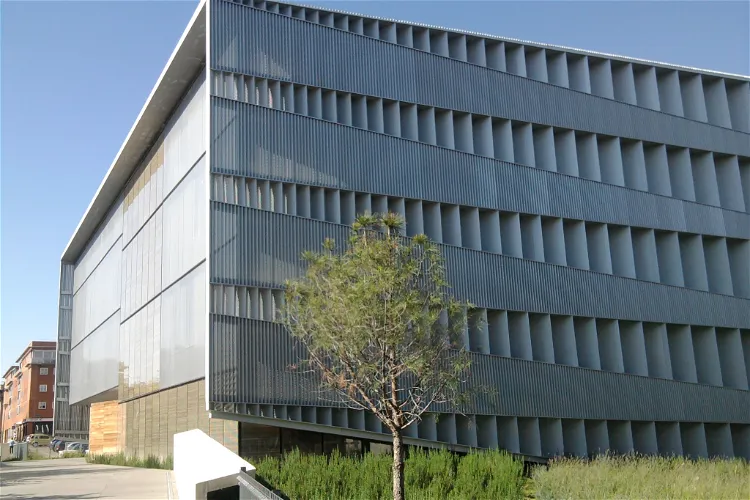
Provincial Historical Archive of Guadalajara
Guadalajara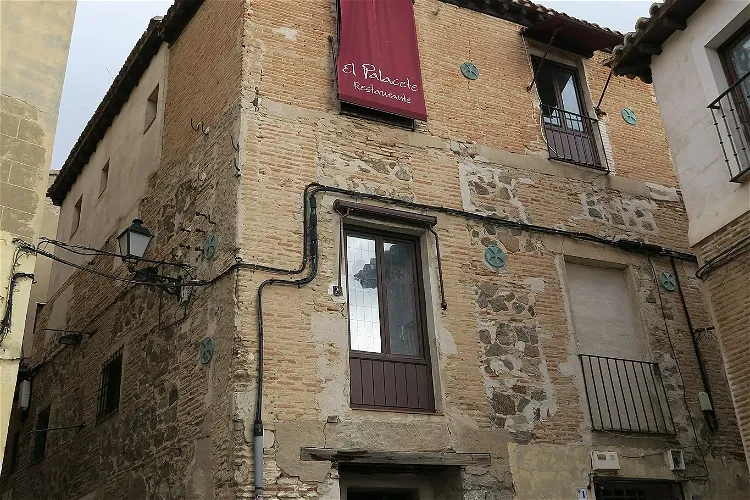
Museum of the Templars
ToledoThe Casa del Temple in Toledo, Spain, is a historical structure dating back to the 11th and 12th centuries. Its general structure is typically Andalusian, supported by the vaults of the basement and organized around a central courtyard. This architectural style is a testament to the rich cultural history of the region and provides a unique insight into the architectural practices of the time.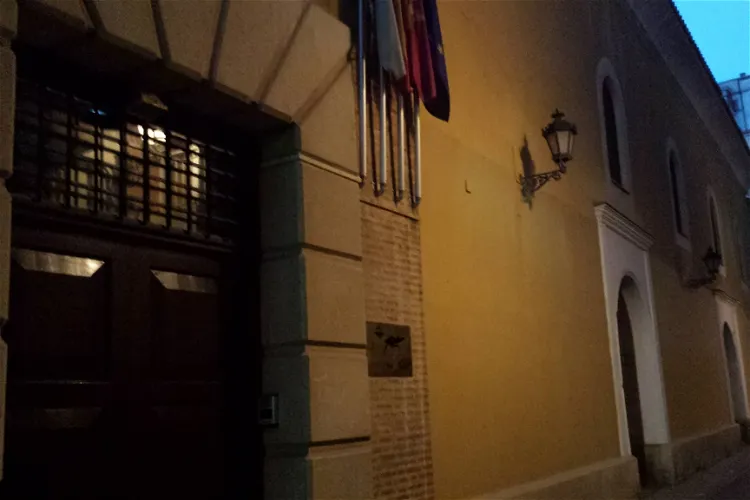
Centro Cultural La Asunción
AlbaceteThe Centro Cultural La Asunción is a cultural and museum center located in the heart of the Spanish city of Albacete. It is a part of the Albacete Provincial Council and has been operational since 1982. The center hosts various exhibitions throughout the year and is also a venue for diverse events, including political rallies.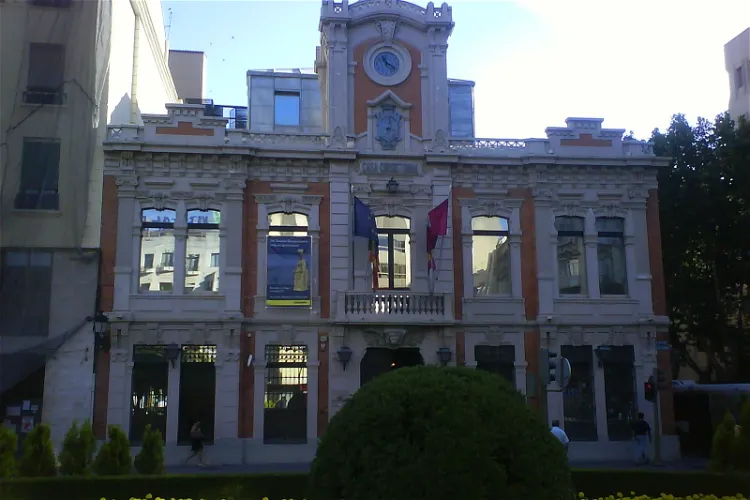
Municipal Museum of Albacete
AlbaceteThe Municipal Museum of Albacete is situated in the Altozano square, a central location in the Spanish city of Albacete. This location makes it easily accessible for tourists and locals alike. The museum is housed in the former city hall of Albacete, adding a historical touch to the museum's setting.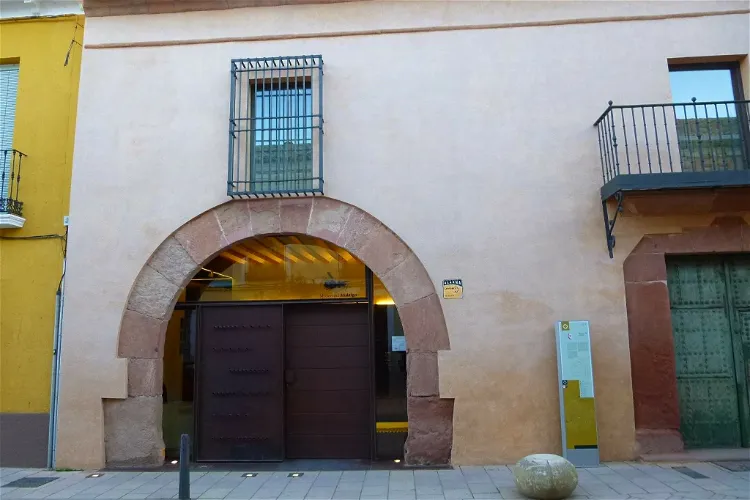
Casa del Hidalgo Museum
Alcázar de San Juan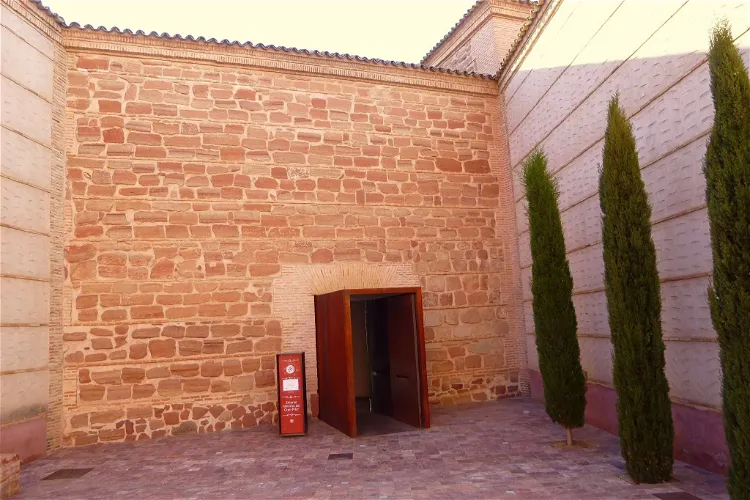
Palace Chapel Museum
Alcázar de San Juan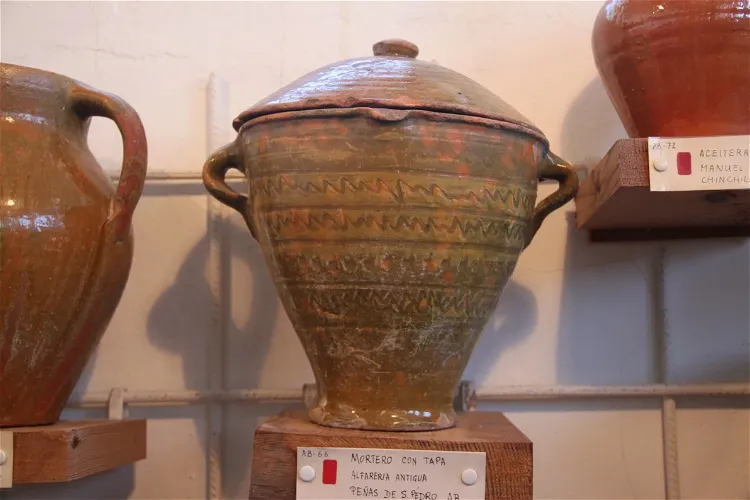
Museum of La Mancha Pottery
Alcázar de San Juan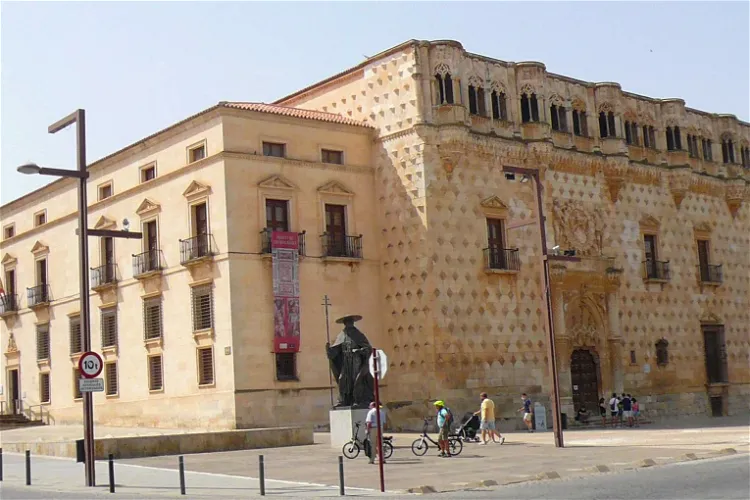
Palace of El Infantado
GuadalajaraThe Palace of El Infantado, located in the city of Guadalajara, Castile, Spain, is an urban residence that was commissioned by Íñigo López de Mendoza in 1480. This historical building is a significant part of the city's heritage and offers a glimpse into the past.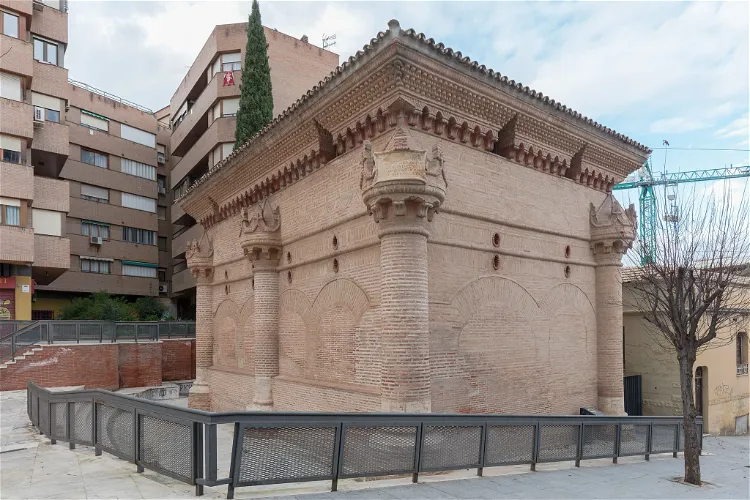
Chapel of Luis de Lucena
GuadalajaraThe Chapel of Luis de Lucena, also known as Nuestra Señora de los Ángeles or de los Urbina, is a significant historical site located in the Spanish city of Guadalajara. It was constructed in the mid-16th century by the humanist Luis de Lucena and was initially connected to the Church of San Miguel until its demolition in 1887. Since then, the chapel has stood as an isolated building, rich in history and cultural significance.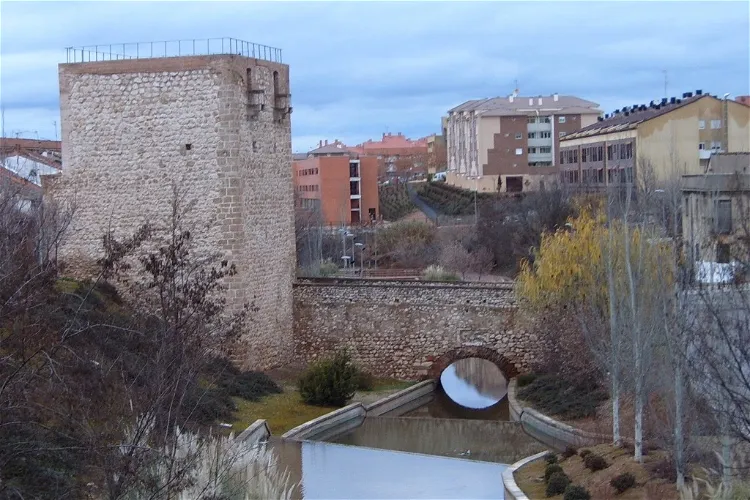
Tower of El Alamín
Guadalajara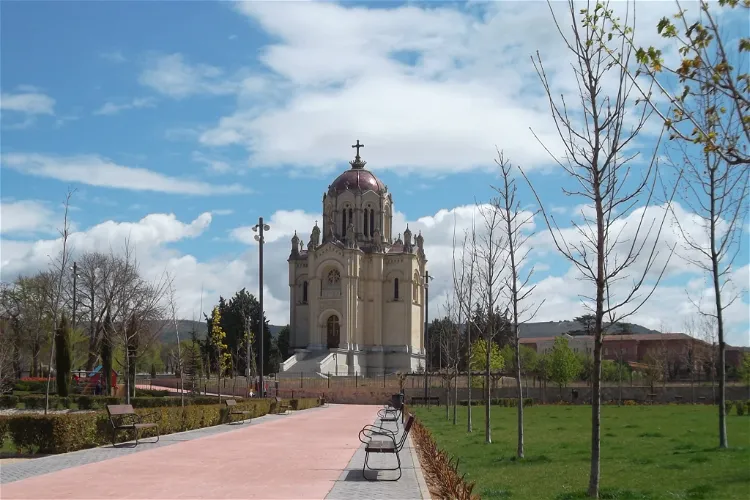
Pantheon of the Duchess of Sevillano
GuadalajaraThe Pantheon of the Countess of Vega del Pozo and Duchess of Sevillano is a significant monument in the Spanish city of Guadalajara. It was constructed between the years 1882 and 1916. This historical monument was commissioned by Doña María Diega Desmaissières y Sevillano, the Countess of Vega del Pozo and Duchess of Sevillano, in honor of her father and deceased family members who are buried there.
Palacio Lopez Villasenor
Ciudad RealThe López Villaseñor Museum is a significant cultural site in the capital of the province of Ciudad Real. It is situated in the old palace-house of Hernán Pérez del Pulgar and is dedicated to the renowned artist Manuel López Villaseñor. This location offers a unique blend of historical architecture and contemporary art, making it a fascinating destination for art and history enthusiasts.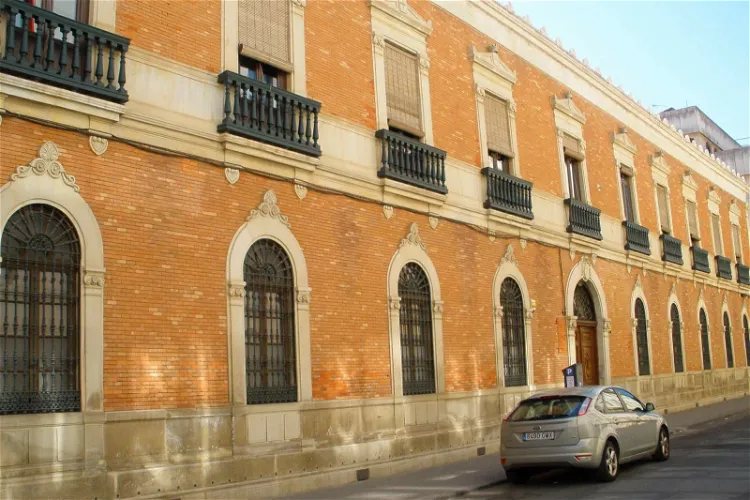
Diocesan Museum
Ciudad RealThe Diocesan Museum in Ciudad Real is a unique institution that collects, preserves, exhibits, and enhances the sacred works of the reference diocese. This museum serves as a repository of religious art and artifacts, providing a glimpse into the rich history and culture of the region. Visitors can explore a wide range of exhibits, from ancient liturgical objects to devotional items, all of which are recognized not only for their religious significance but also for their historical and artistic value.
Don Quixote Museum
Ciudad Real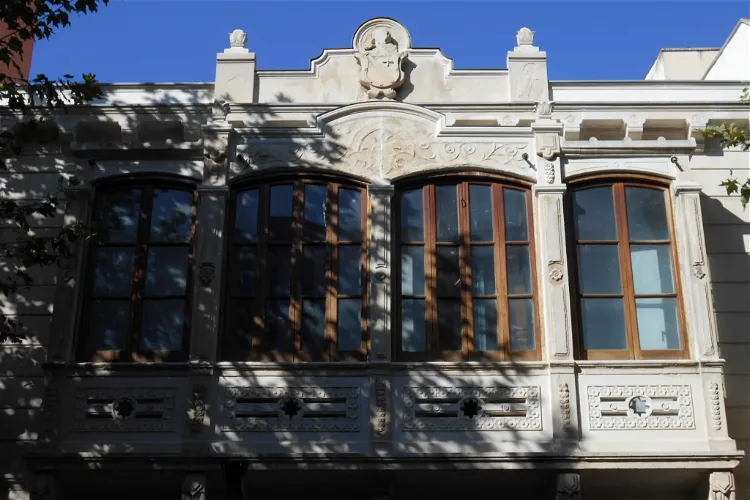
Elisa Cendrero Museum
Ciudad Real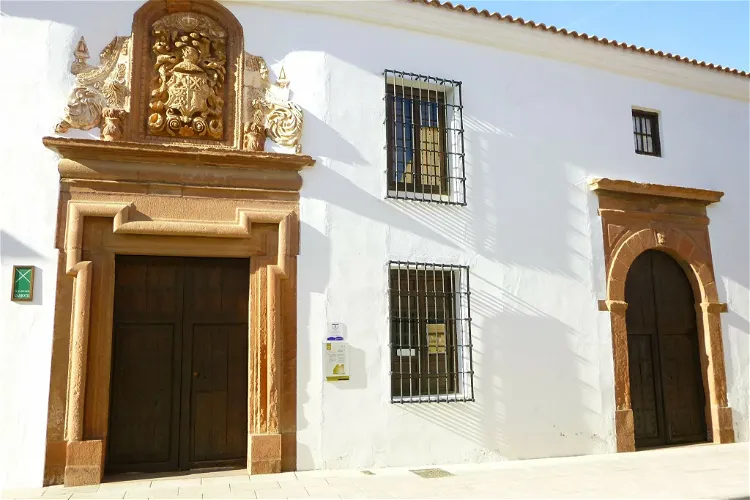
Municipal Museum of Alcázar de San Juan
Alcázar de San JuanThe Municipal Museum of Alcázar de San Juan, located in the old Posada de Santo Domingo in the Municipality of Alcázar de San Juan, is an archeology museum that also hosts contemporary art exhibitions. It is situated in the province of Ciudad Real, in the region of Castilla-La-Mancha, Spain.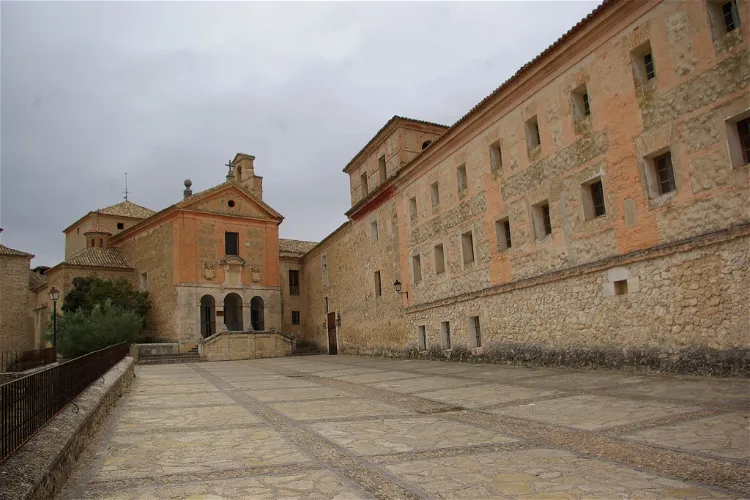
Museum of the V Centenary of Santa Teresa
Pastrana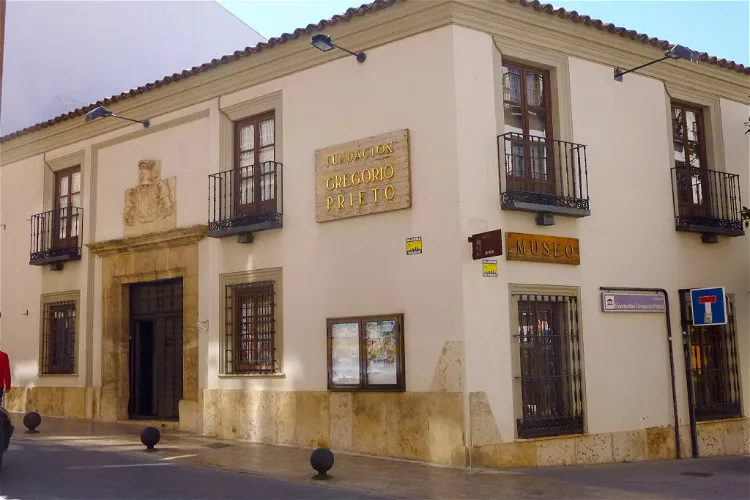
Gregorio Prieto Museum
ValdepeñasThe Gregorio Prieto Museum is home to over 5,000 works by the artist, with a rotating selection of his most representative pieces from different periods on display. In addition to Prieto's works, the museum also exhibits creations by other renowned artists such as Pablo Picasso, Francis Bacon, Giorgio de Chirico, and Gutiérrez Solana.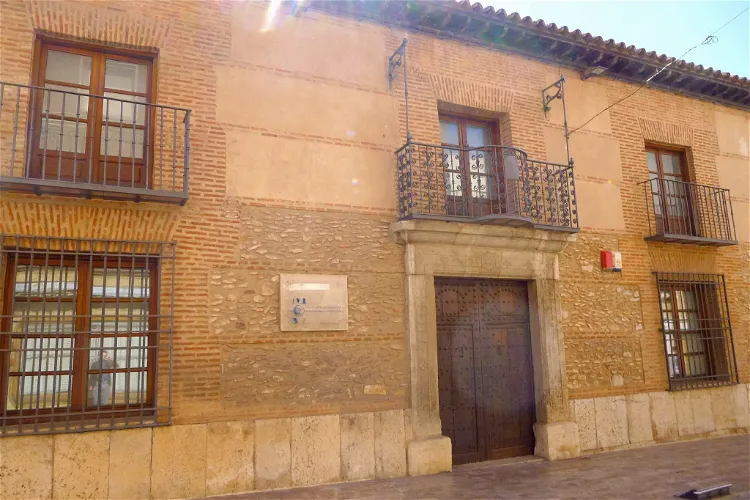
Municipal Museum of Valdepeñas
Valdepeñas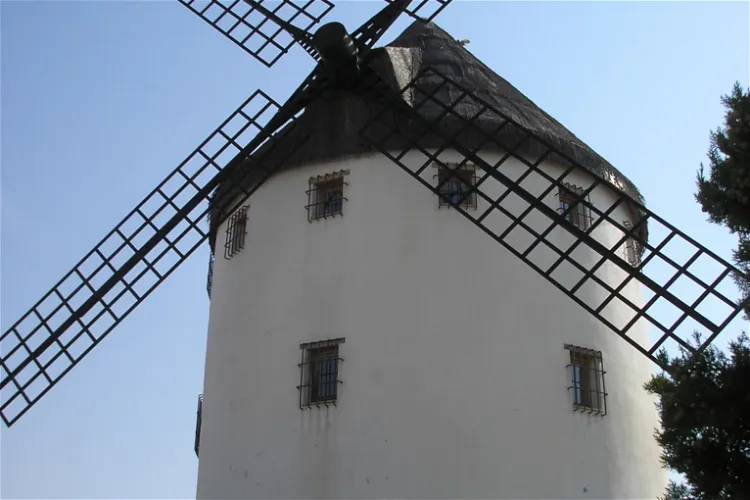
Museo de los Molinos
Valdepeñas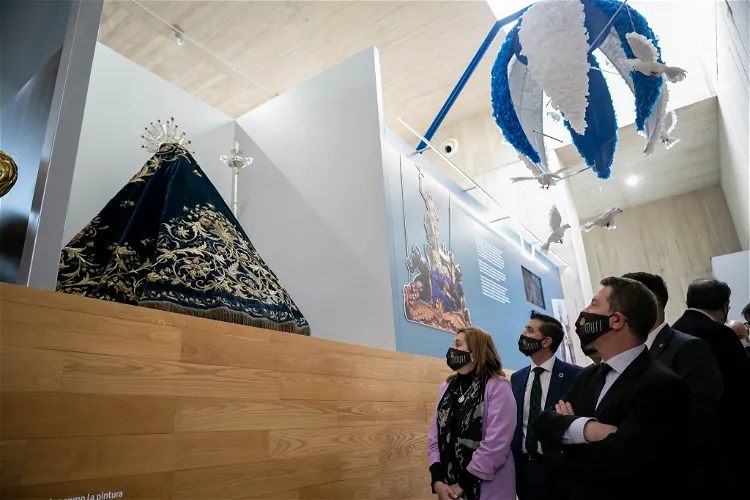
Holy Week Museum
Hellín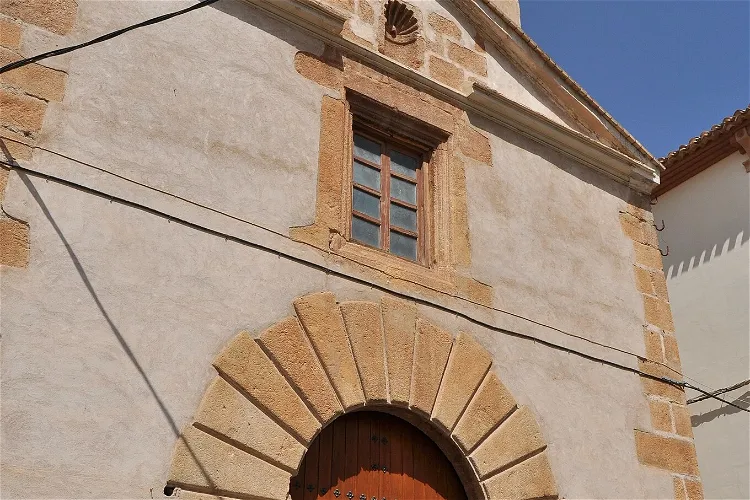
Drum Museum
Hellín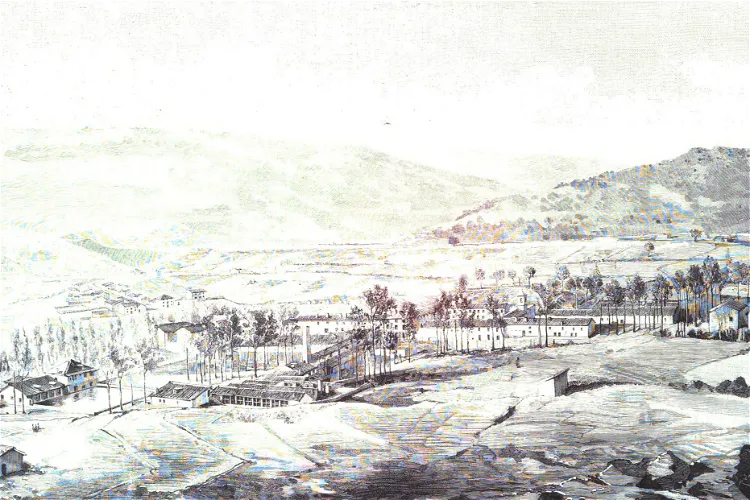
Museum of the Royal Factories of San Juan de Alcaraz
RióparThe Royal Factories of Bronze and Brass of San Juan de Alcaraz, located in the Sierra de Alcaraz, were established in 1773 by the Viennese engineer Juan Jorge Graubner. Graubner was drawn to the area by the existence of a calamine mine, a mineral from which zinc is extracted. This zinc was then melted with copper to create the alloy known as brass, which was the primary product of these factories.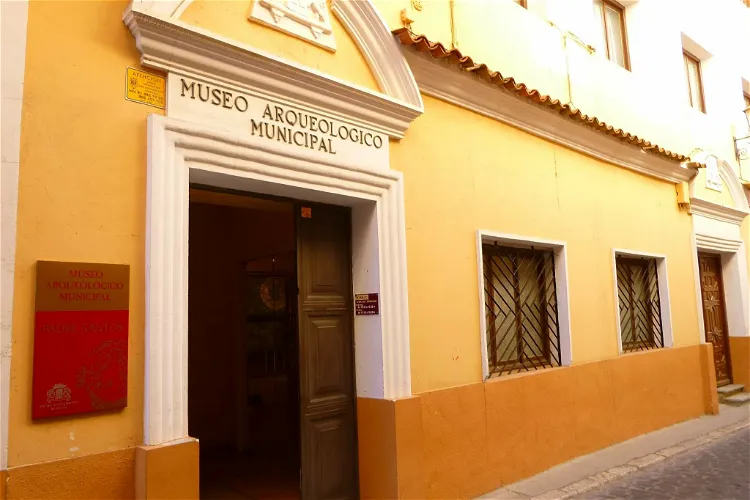
Museo Arqueológico Municipal
Ocaña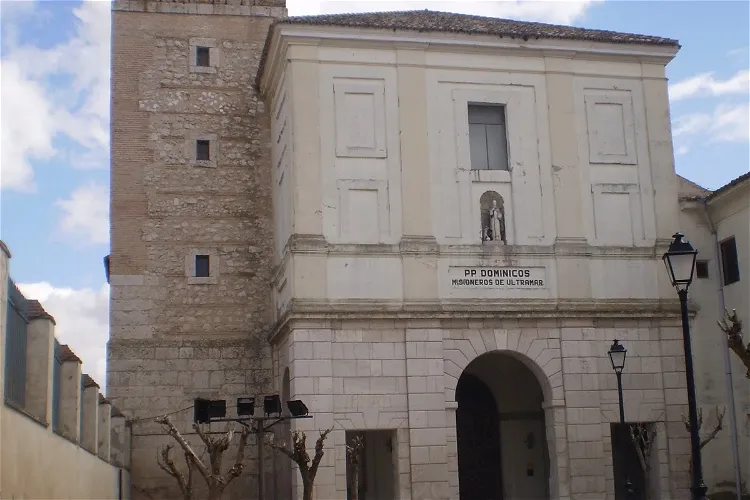
Porticum Salutis Museum
Ocaña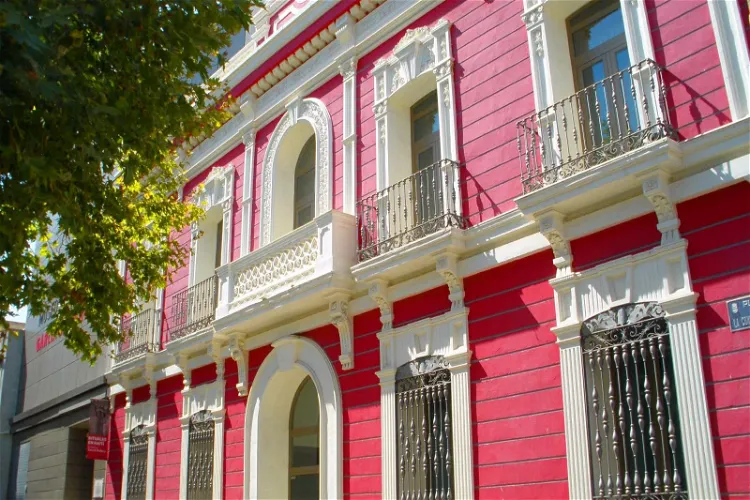
Museo Municipal de Puertollano
Puertollano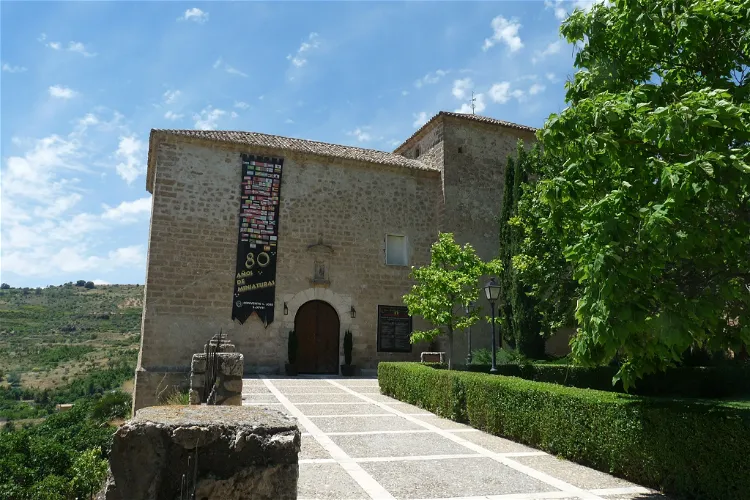
Museo de Miniaturas del Profesor Max
Brihuega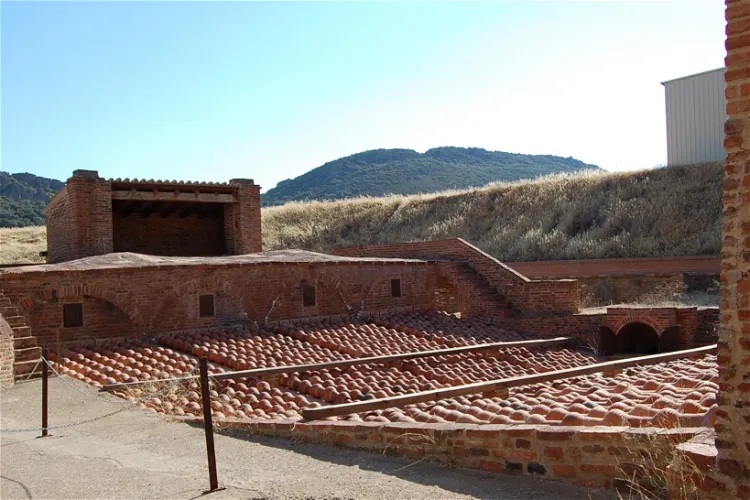
Almaden Mining Park
Almadén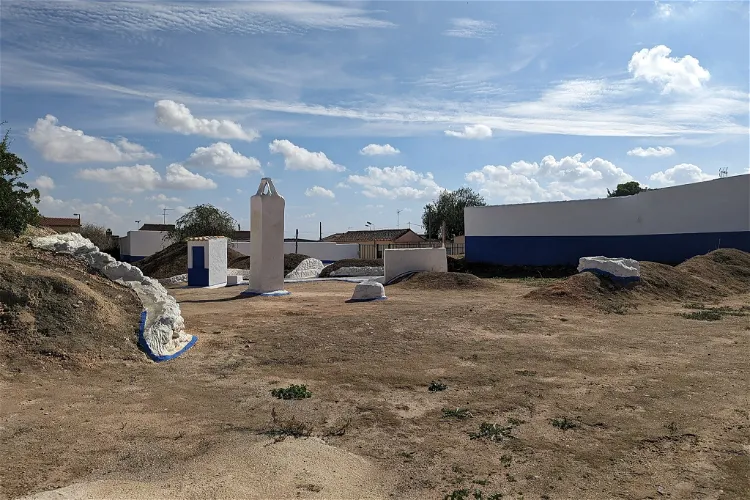
Museo Etnográfico del Silo
Villacañas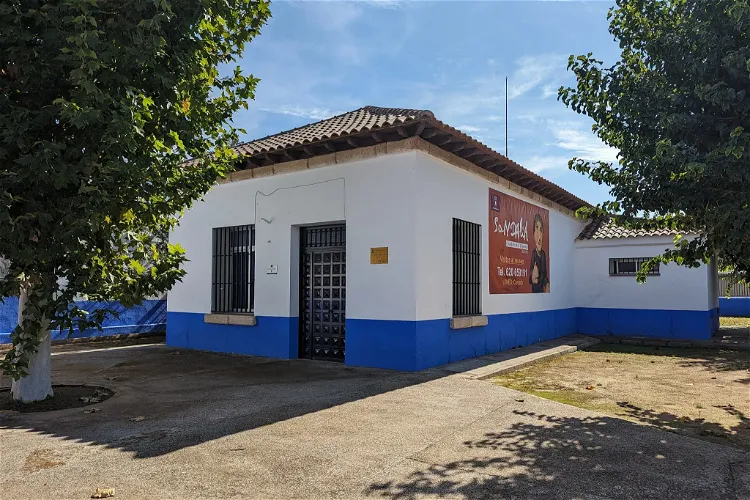
Casa-Museo de la Tía Sandalia
Villacañas
Cervantes Museum
EsquiviasThe Casa de Cervantes, located in Valladolid, Spain, is a museum dedicated to the life and works of the renowned Spanish author Miguel de Cervantes. This historic building was once the residence of the author, providing a unique insight into his life and times. It is important to note that this museum is not to be confused with other houses associated with Cervantes, such as his birthplace in Alcala de Henares and the museum in Esquivias.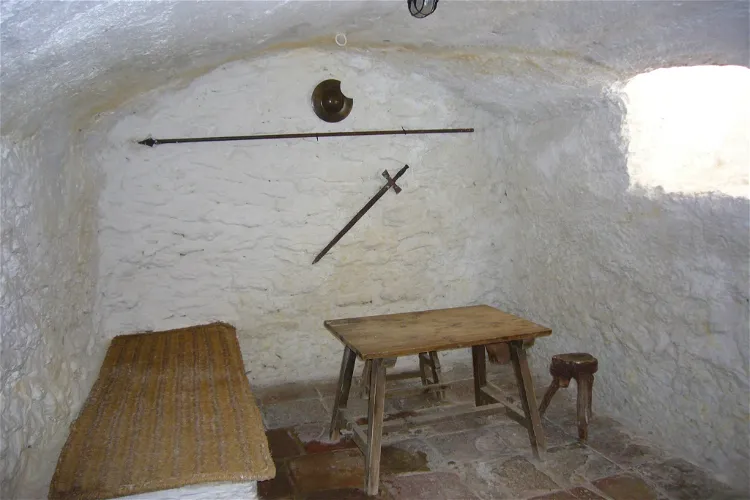
Centro Cultural Casa de Medrano
Argamasilla de Alba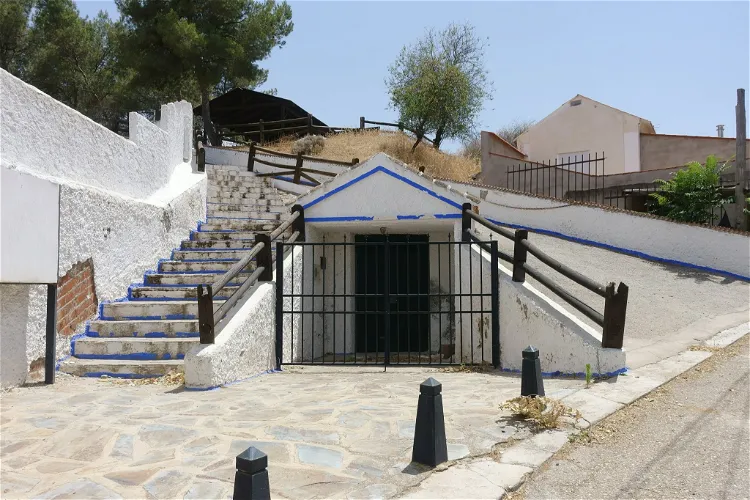
Cueva Museo Etnológico
El Romeral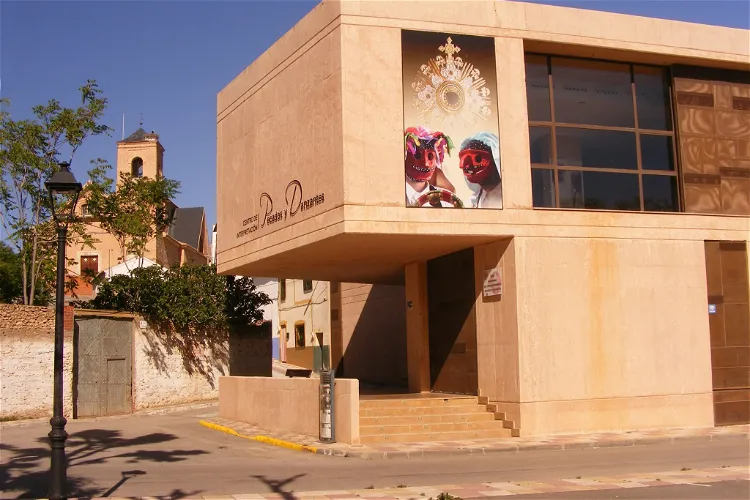
Centro de Interpretación Pecados y Danzantes
Camuñas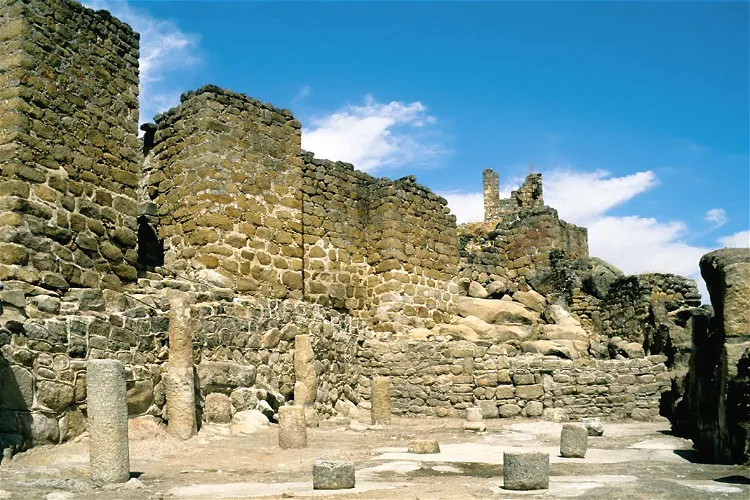
Centro de Interpretación de la Ciudad de Vascos
Navalmoralejo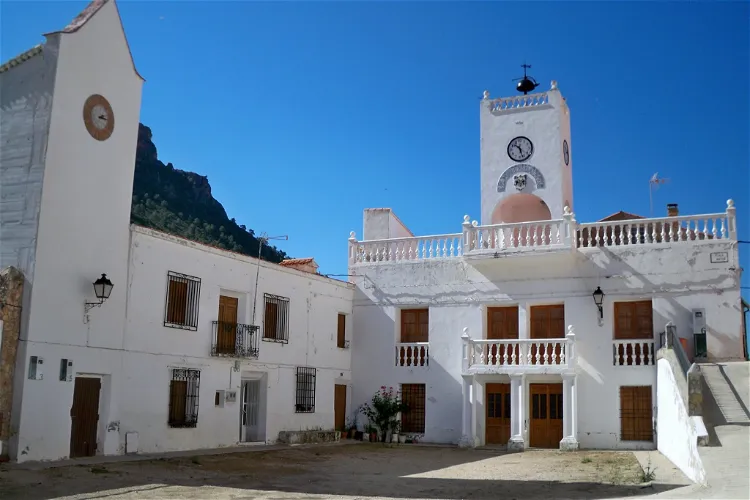
Museo Micológico La Casa del Níscalo
MolinicosThe Museo Micológico "Casa del Nizcalo" is a unique museum dedicated to the study of fungi, located in the heart of the town of Molinicos, Albacete, Spain. It is situated in the town's main square, making it easily accessible for visitors. The museum is housed in a historic building that has served various purposes over the years, from a town hall to a school, and now a museum.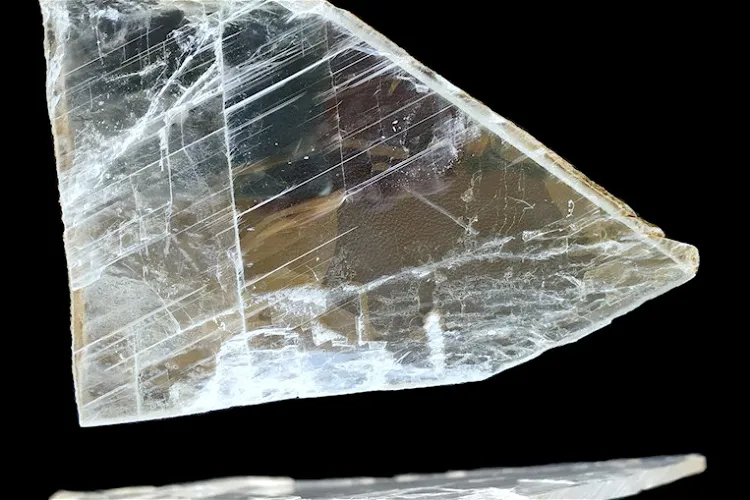
Mina Romana de Lapis Specularis La Condenada
Osa de la Vega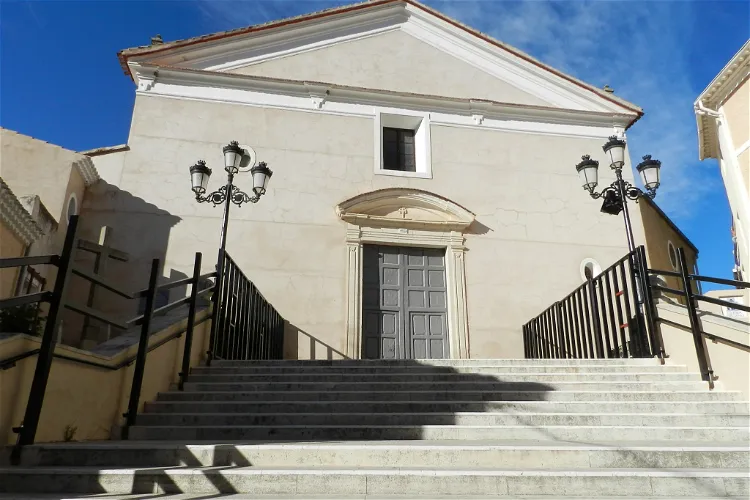
Santiago Apóstol Parochial Church
Liétor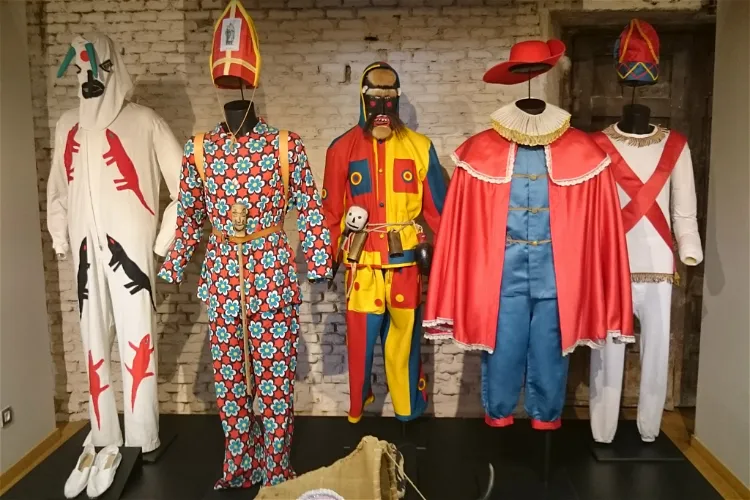
Museo de Historia y Costumbres de Arbancón
Arbancón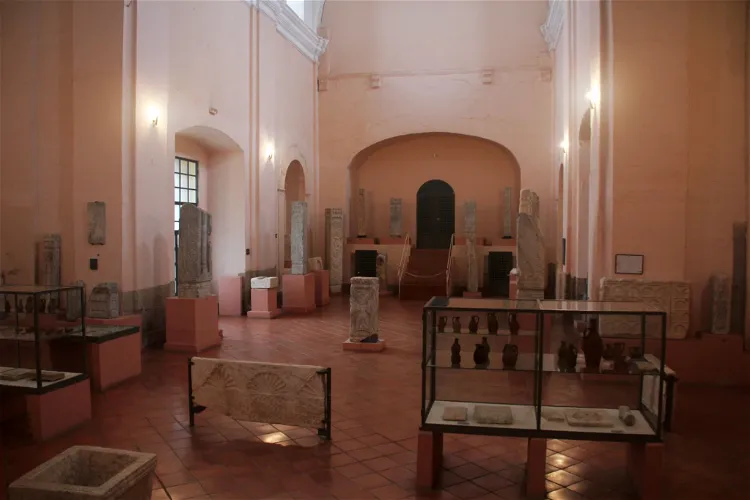
Visigoth Art Museum
Orgaz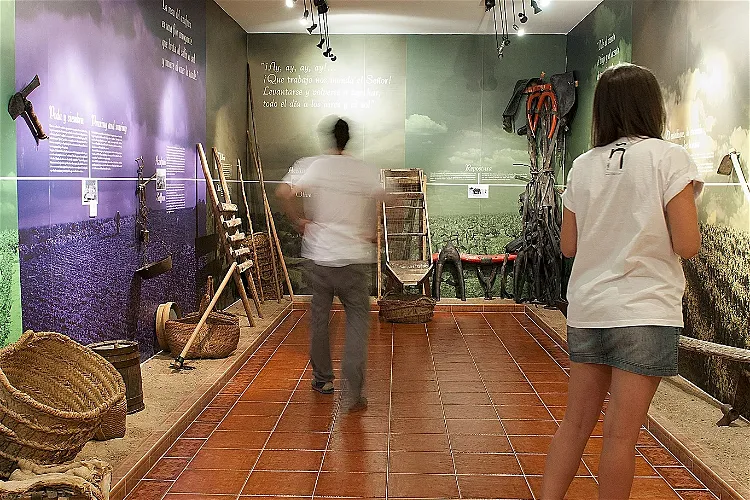
Museo La Rosa del Azafrán
La Solana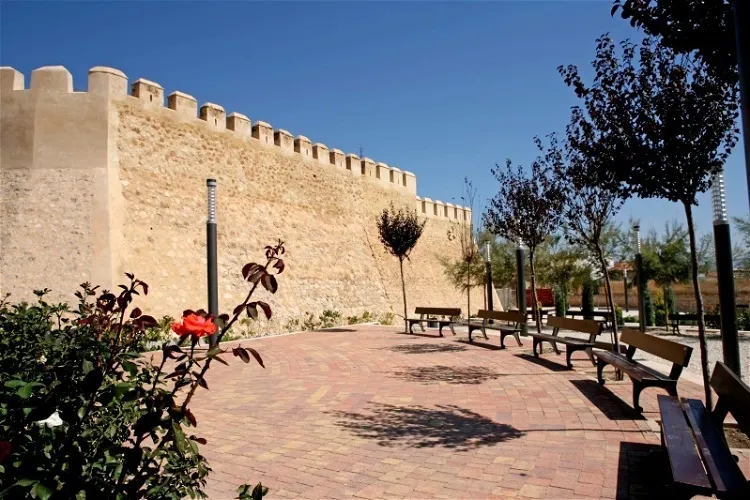
Castillo de Caudete
CaudeteThe Interpretation Center of the Cultural Heritage of Caudete is a municipal facility located in Albacete, Spain. It is dedicated to providing information about the geographical, historical, and cultural characteristics of the municipality. The center serves as a comprehensive source of knowledge about the region, making it a valuable resource for tourists interested in learning about the area's rich history and culture.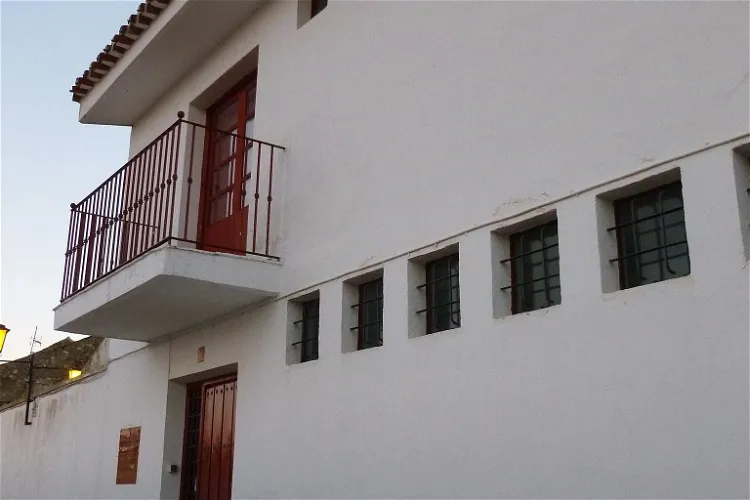
Museo de Cerámica Nacional
Chinchilla de Monte-AragónThe Museo de Cerámica Nacional de Chinchilla de Montearagón is a unique space dedicated entirely to the art of pottery and ceramics from all over Spain. It was established by the Belmonte-Useros couple, who traveled across Spain between 1973 and 1980, collecting pieces from active potteries during that period. This museum is a testament to the rich and diverse ceramic traditions of Spain, making it a fascinating destination for those interested in art, history, and culture.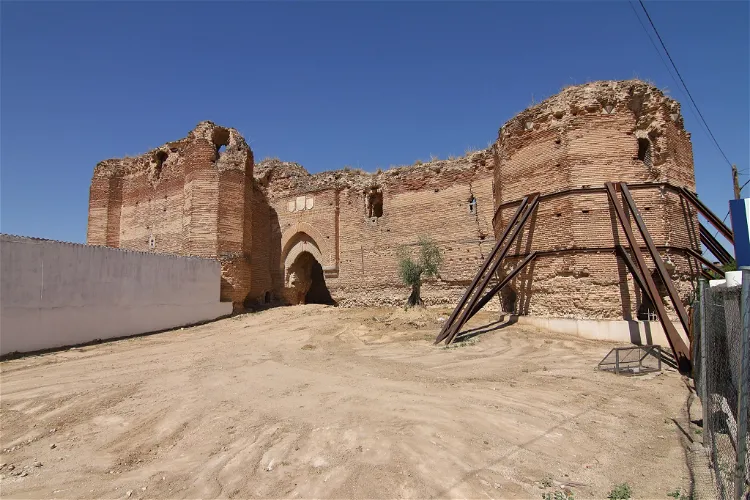
Castillo de Casarrubios del Monte
Casarrubios del MonteThe Castillo de Casarrubios del Monte is a historical fortification located in the Spanish municipality of Casarrubios del Monte. Today, the castle is in ruins, but it still stands as a testament to the region's rich history and architectural heritage.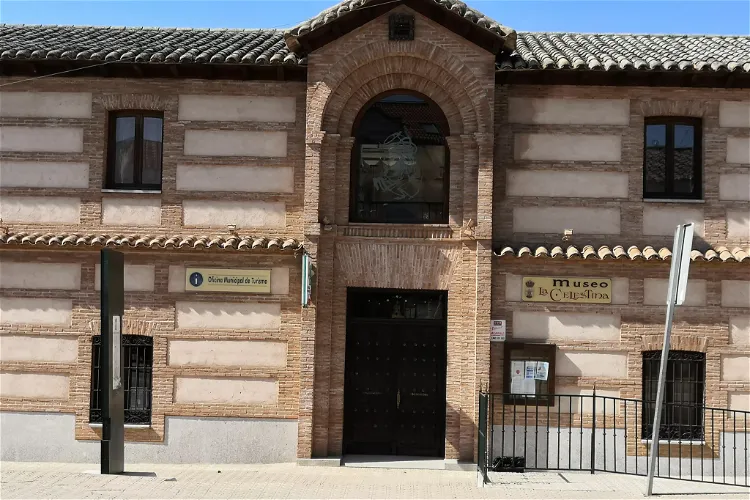
Museo la Celestina
La Puebla de MontalbánMuseo La Celestina, situated in La Puebla de Montalbán, Toledo, Spain, is a museum dedicated to the work of La Celestina and the life of its author, Fernando de Rojas. The museum aims to provide a glimpse into the city during the author's time, showcasing canvases with scenes from La Celestina and different editions of the work.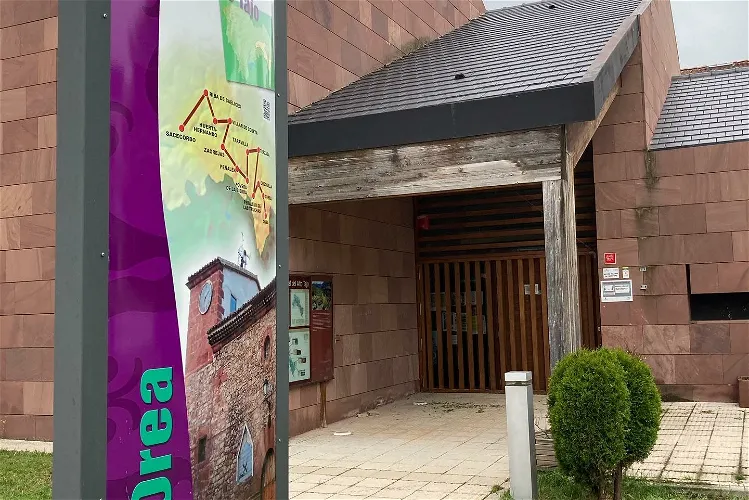
Centro de Interpretación Sequero de Orea
Orea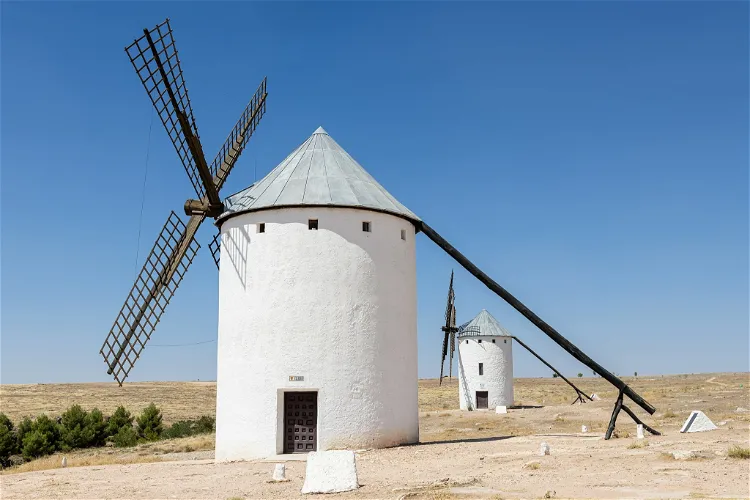
Sara Montiel Museum
Campo de Criptana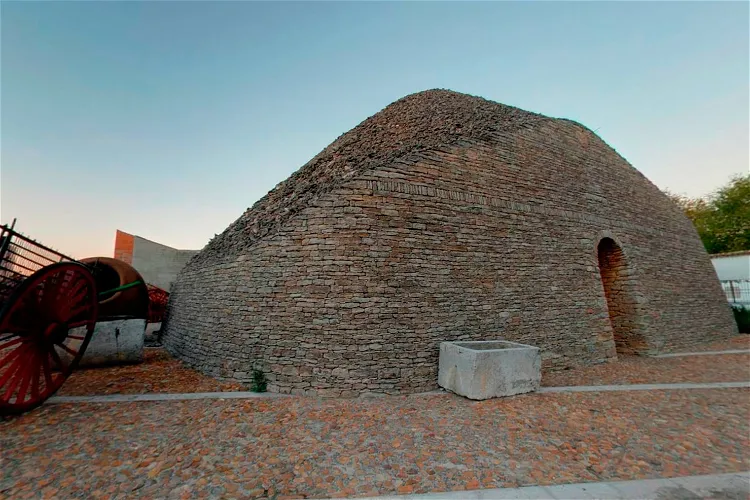
Wagon and Farm Tools Museum
TomellosoEstablished in the 1960s, the Wagon and Farm Tools Museum boasts a collection of over 400 objects that depict the agricultural and domestic life of the past. The collection includes graphic and photographic documents, providing a comprehensive view of the region's history.
Antonio Lopez Torres Museum
Tomelloso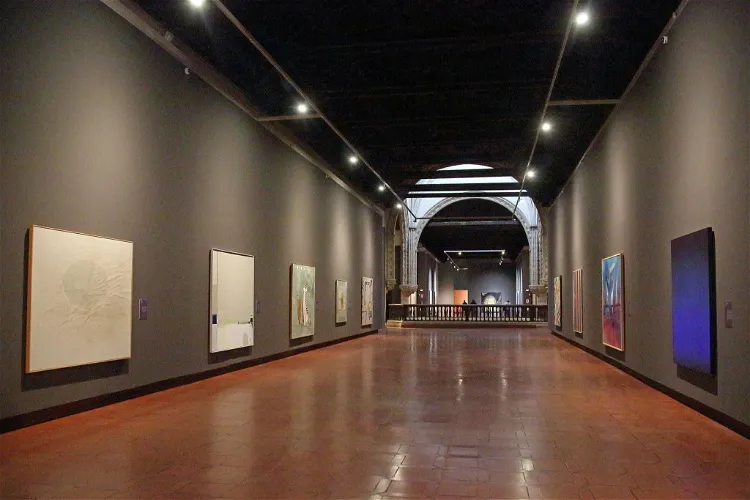
Museum of Contemporary Art Infanta Elena
Tomelloso